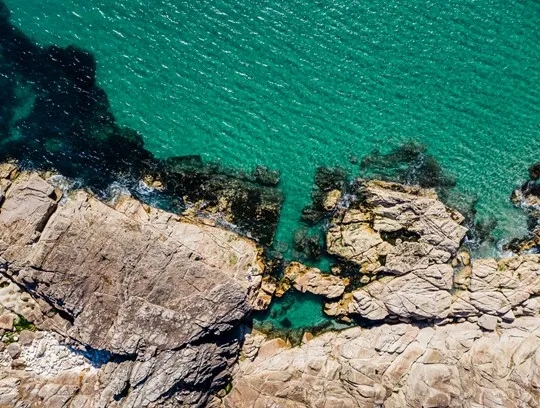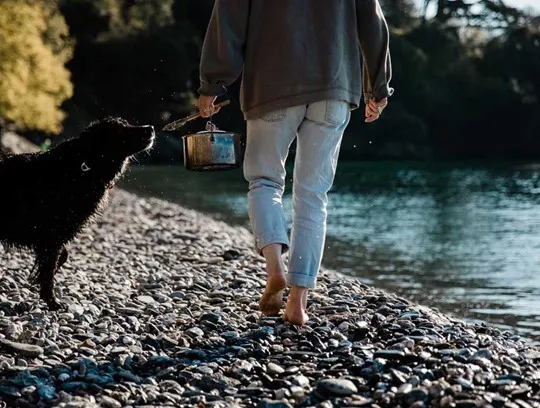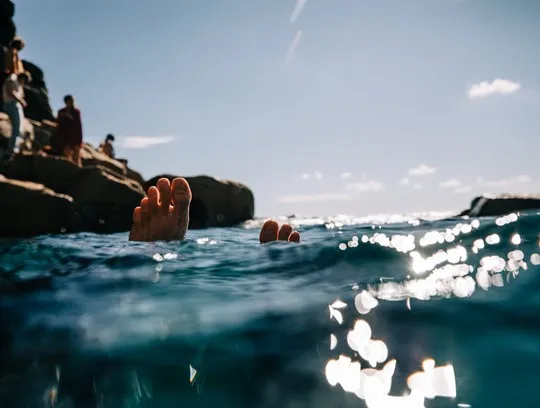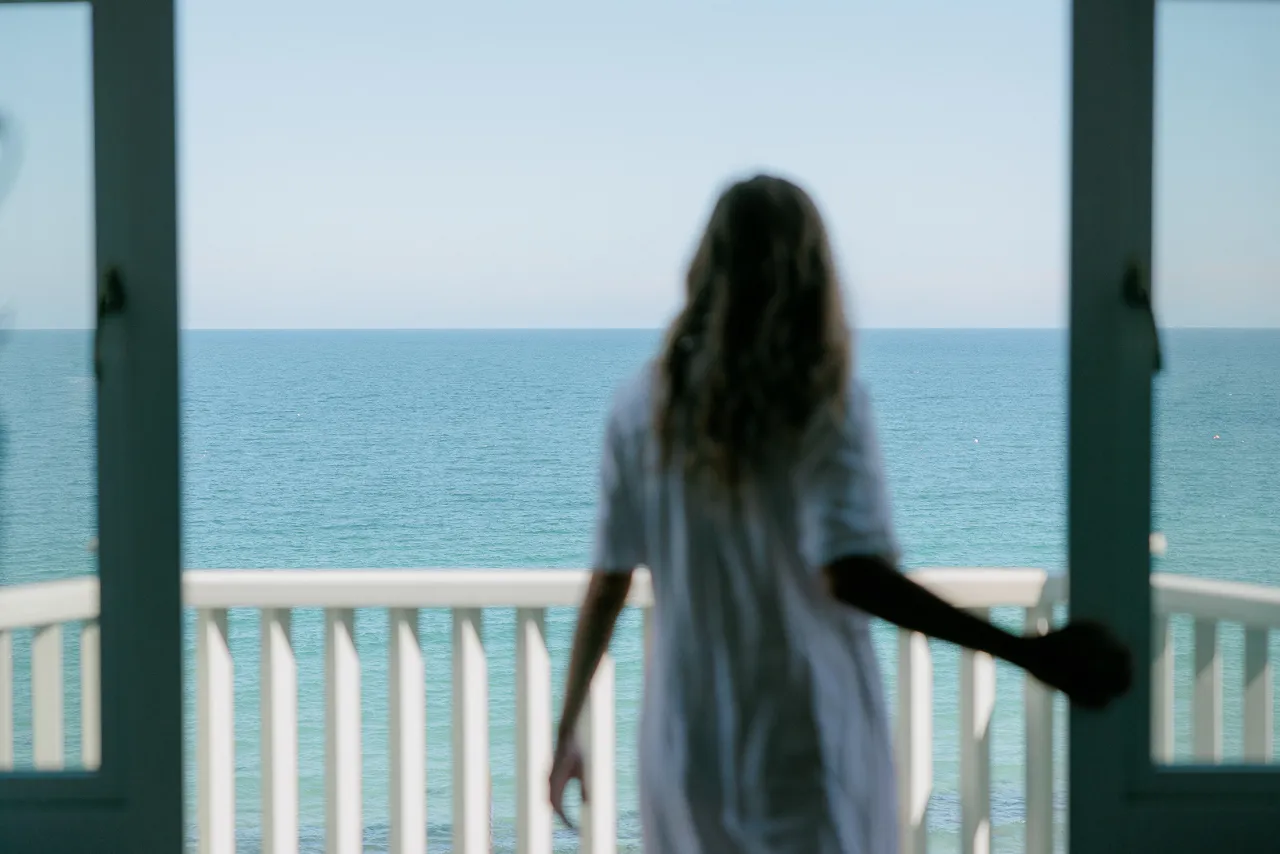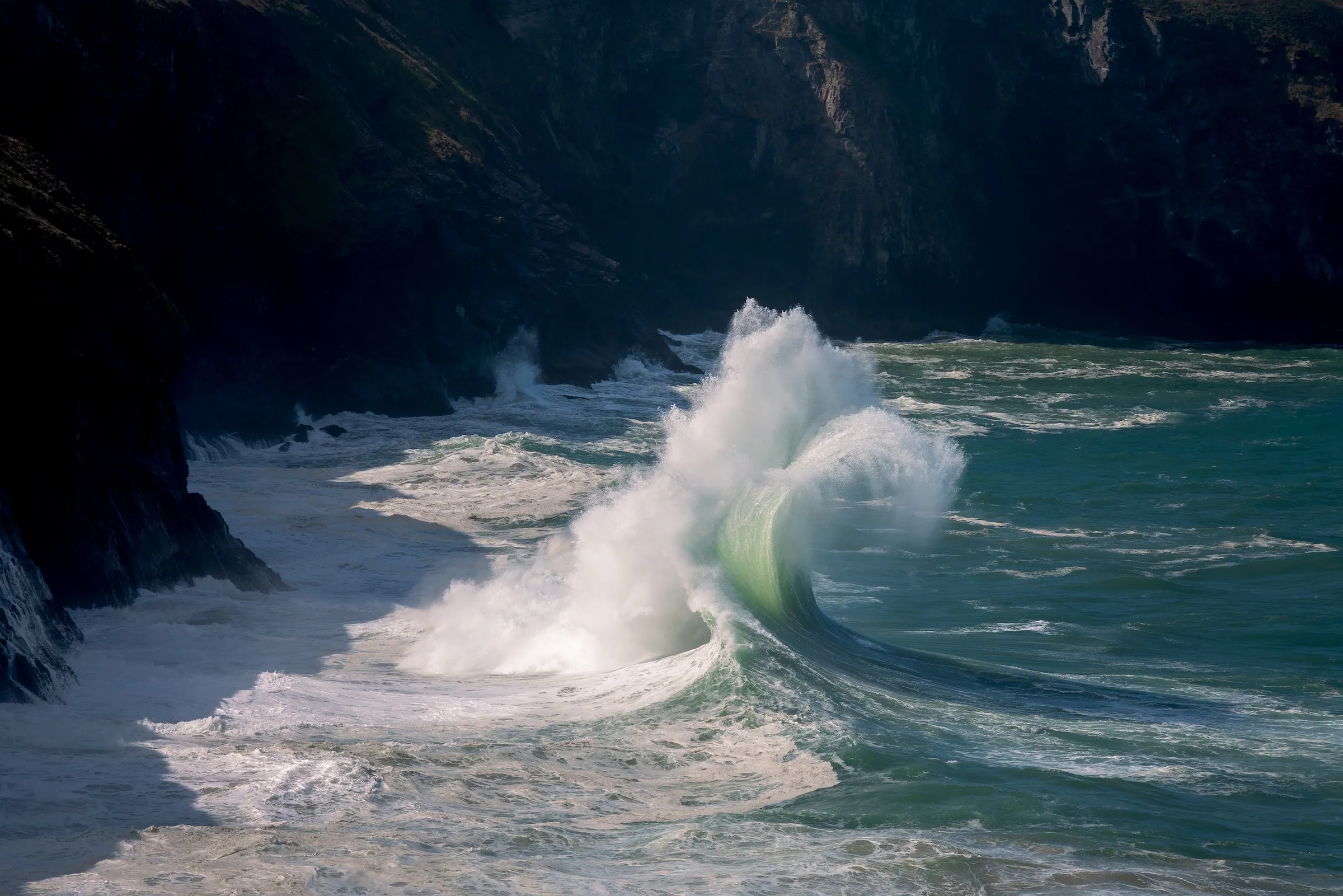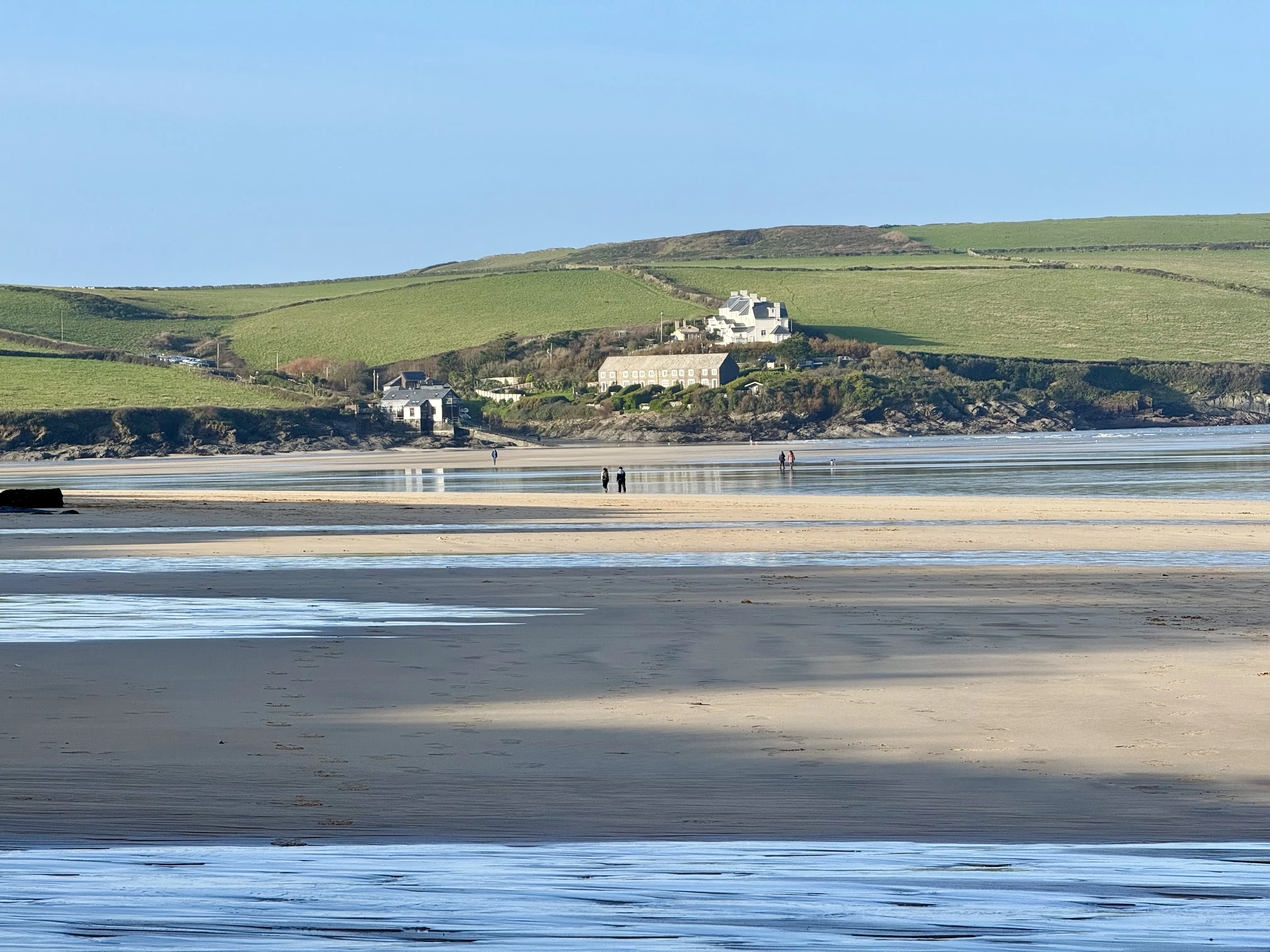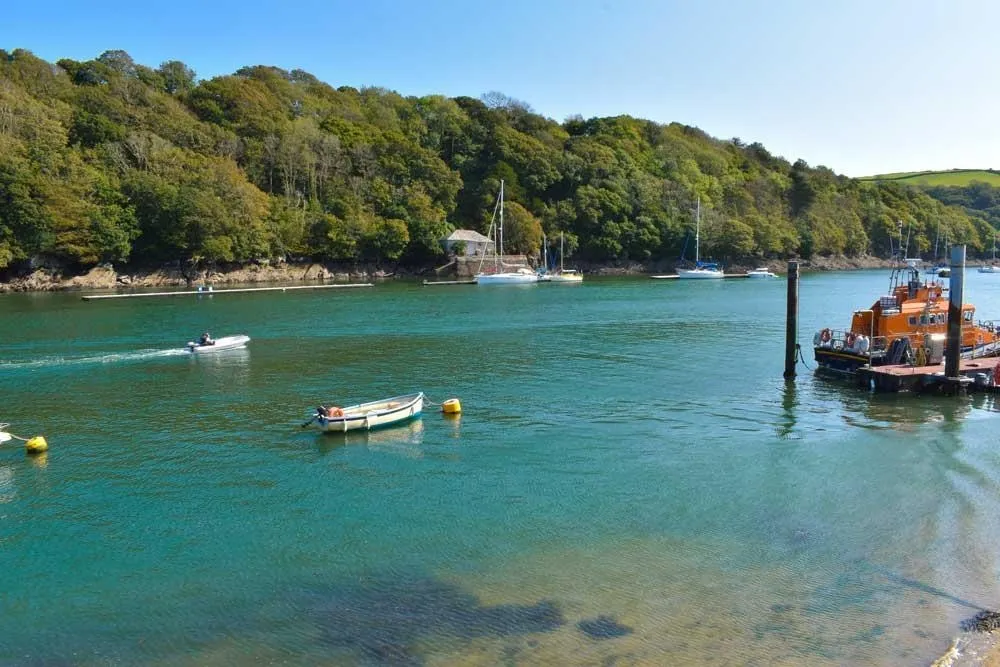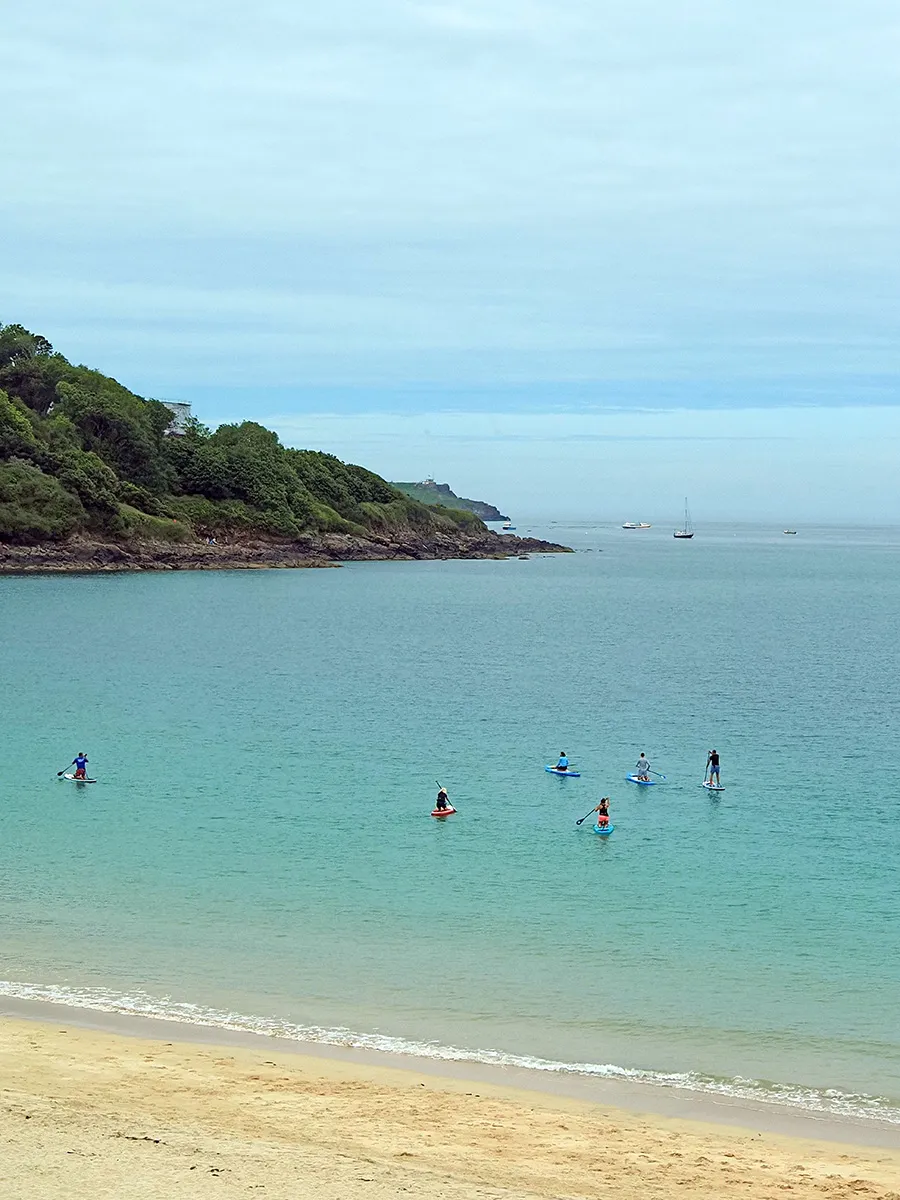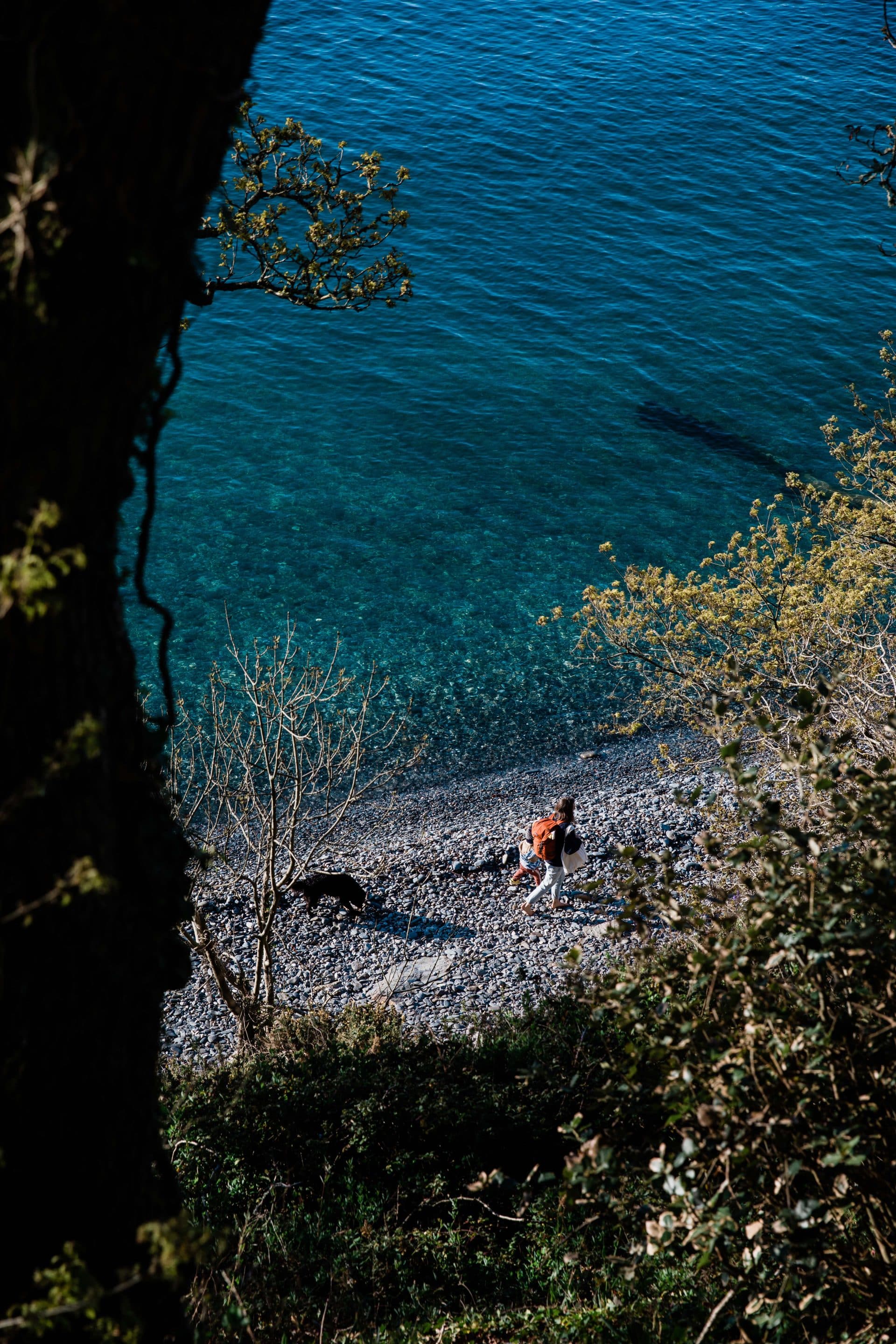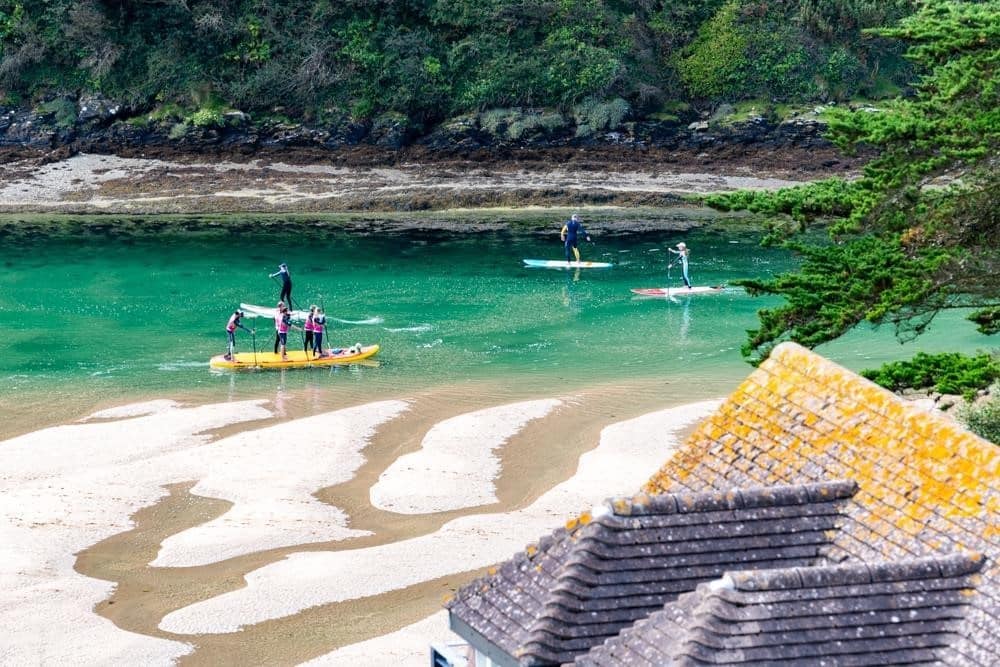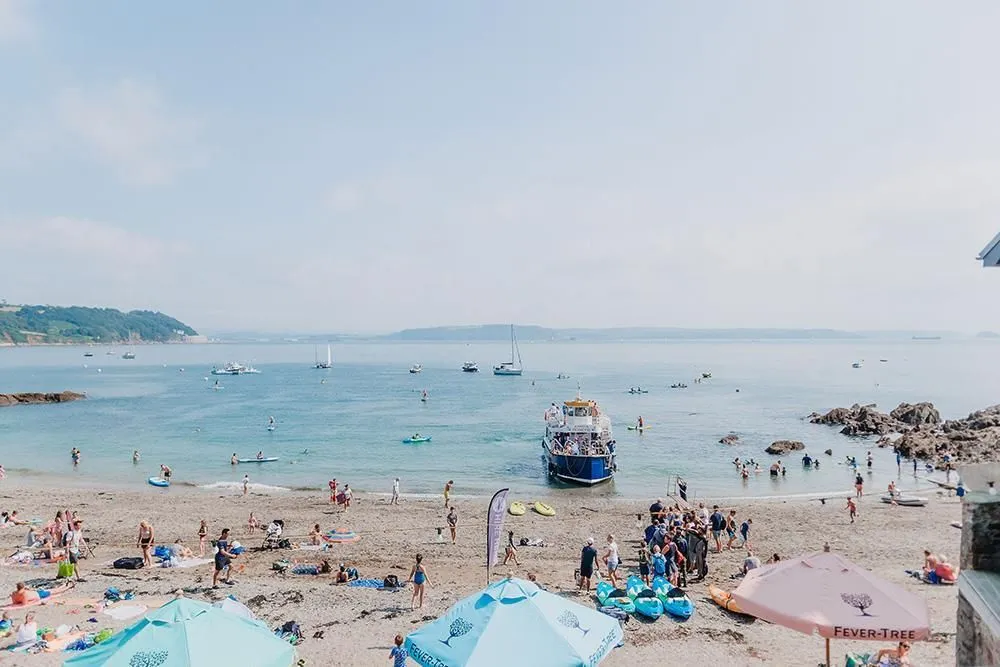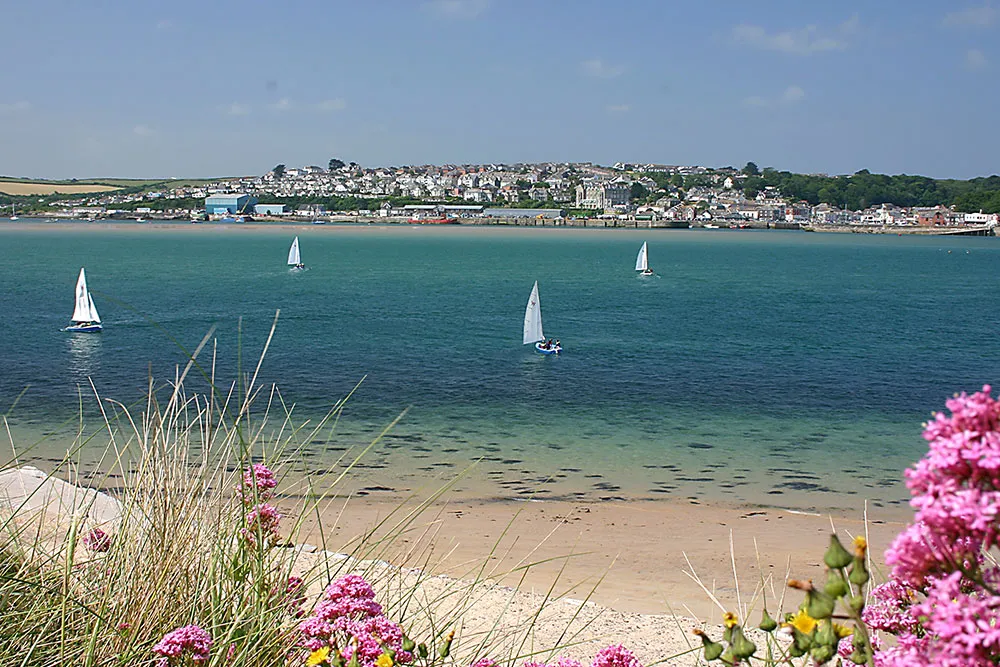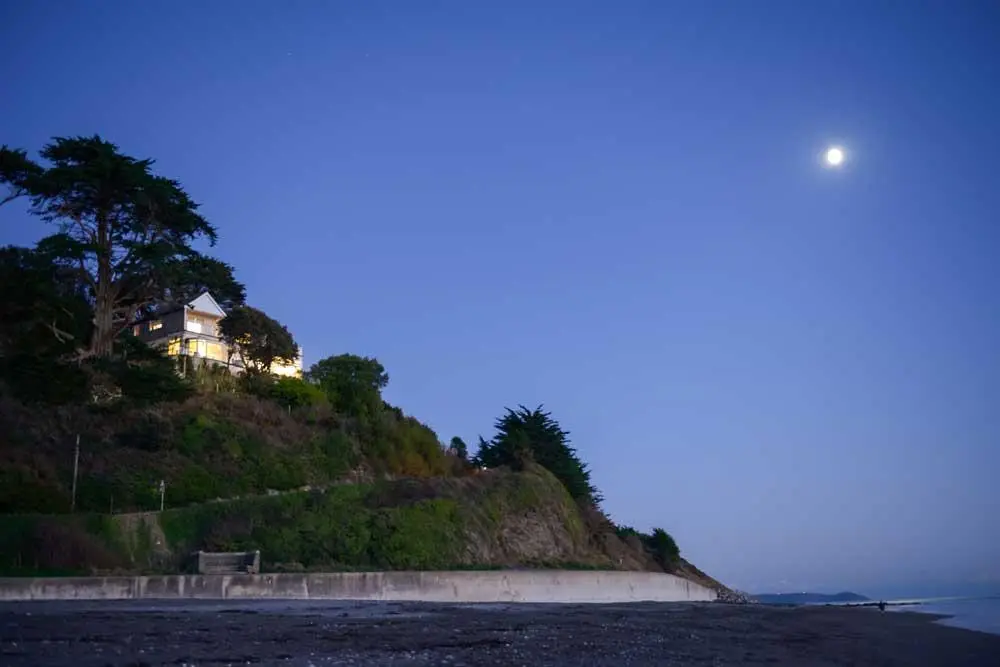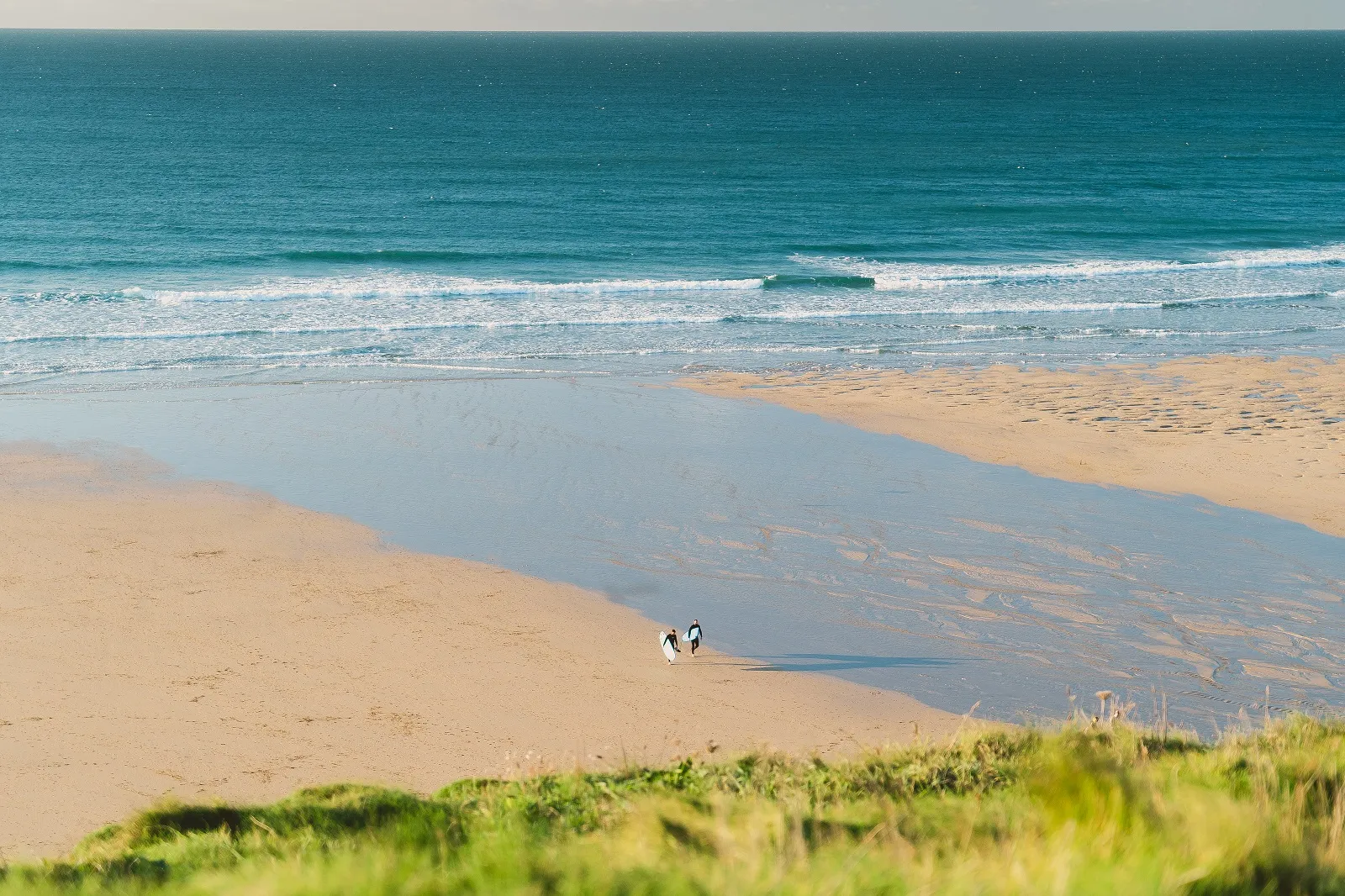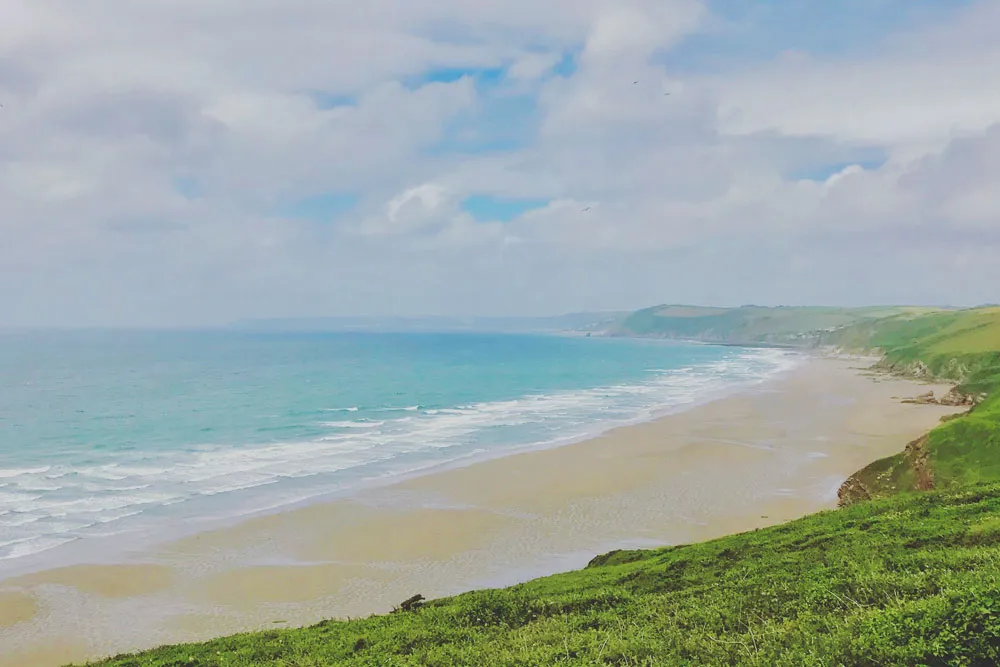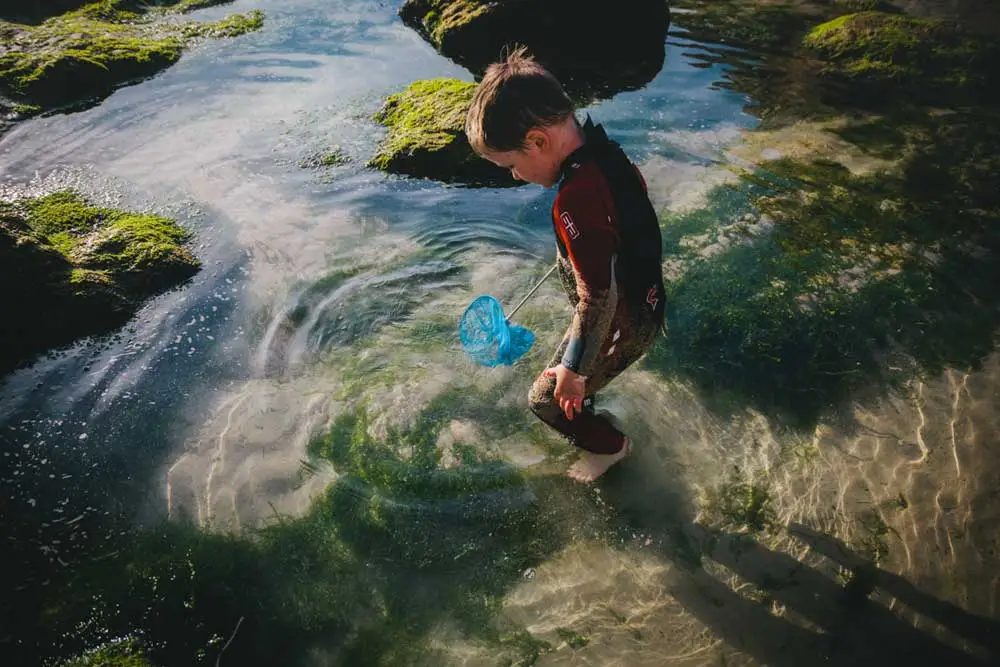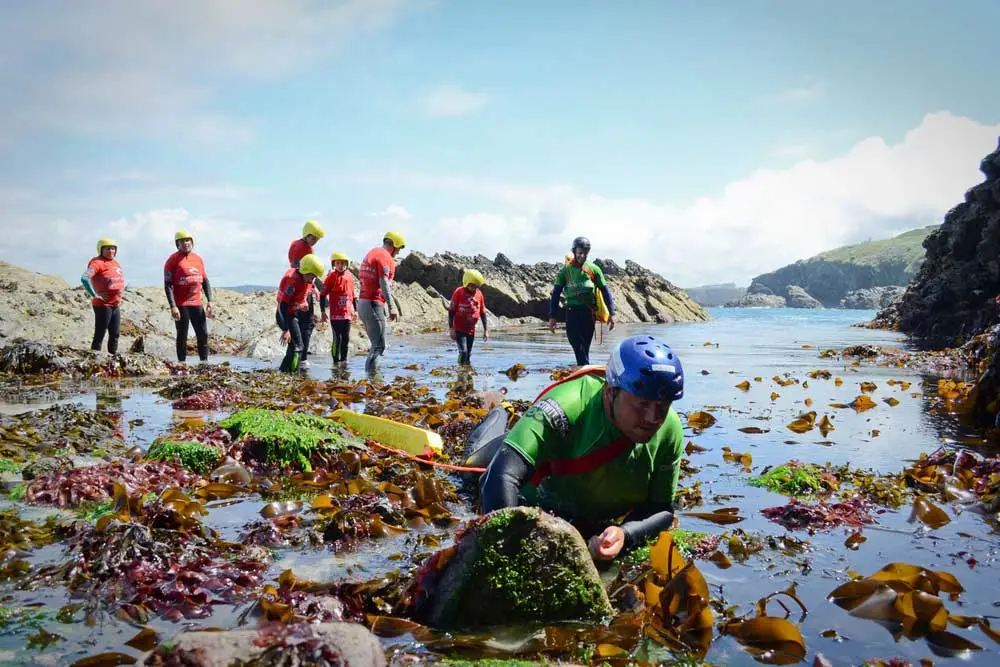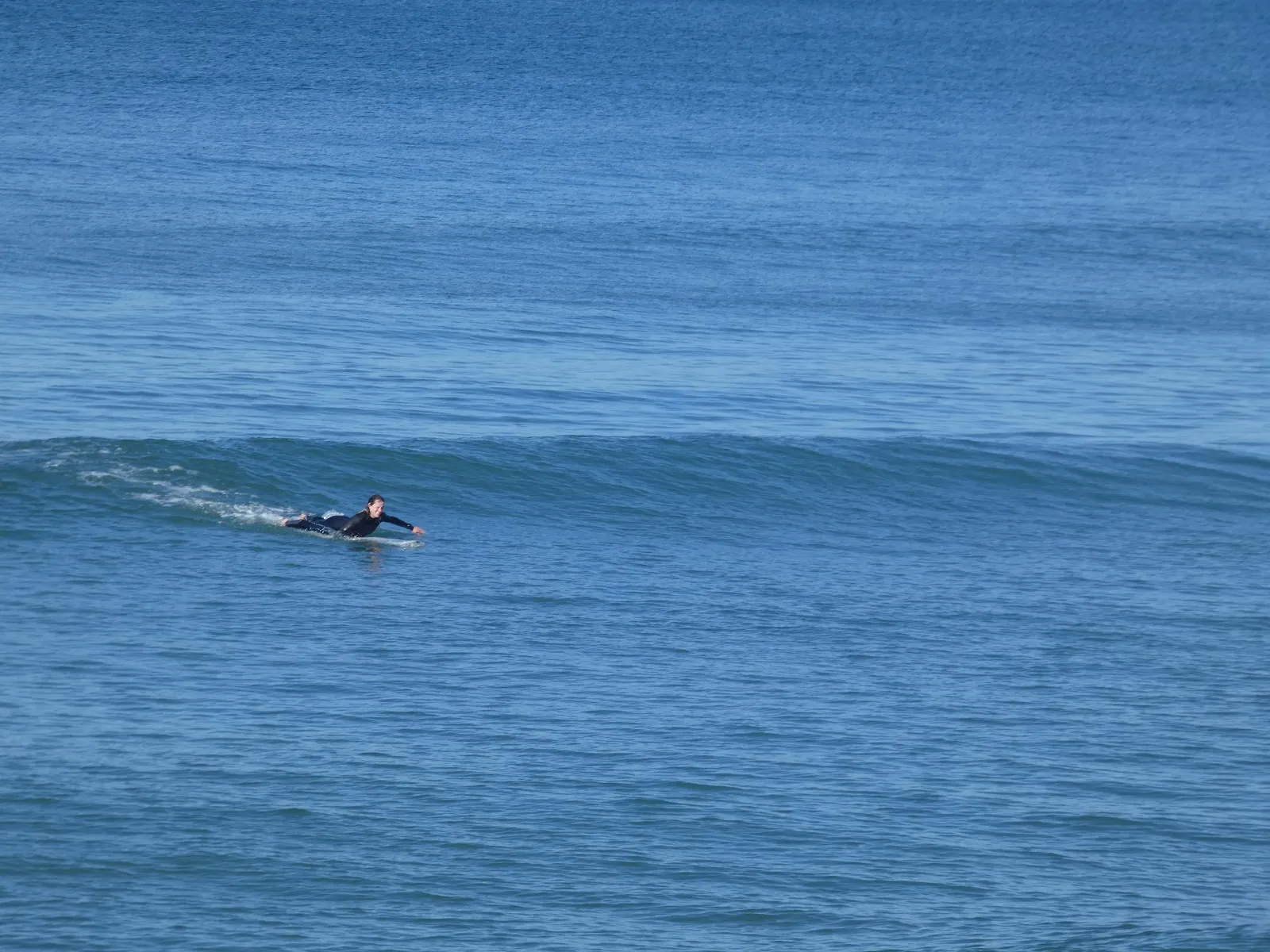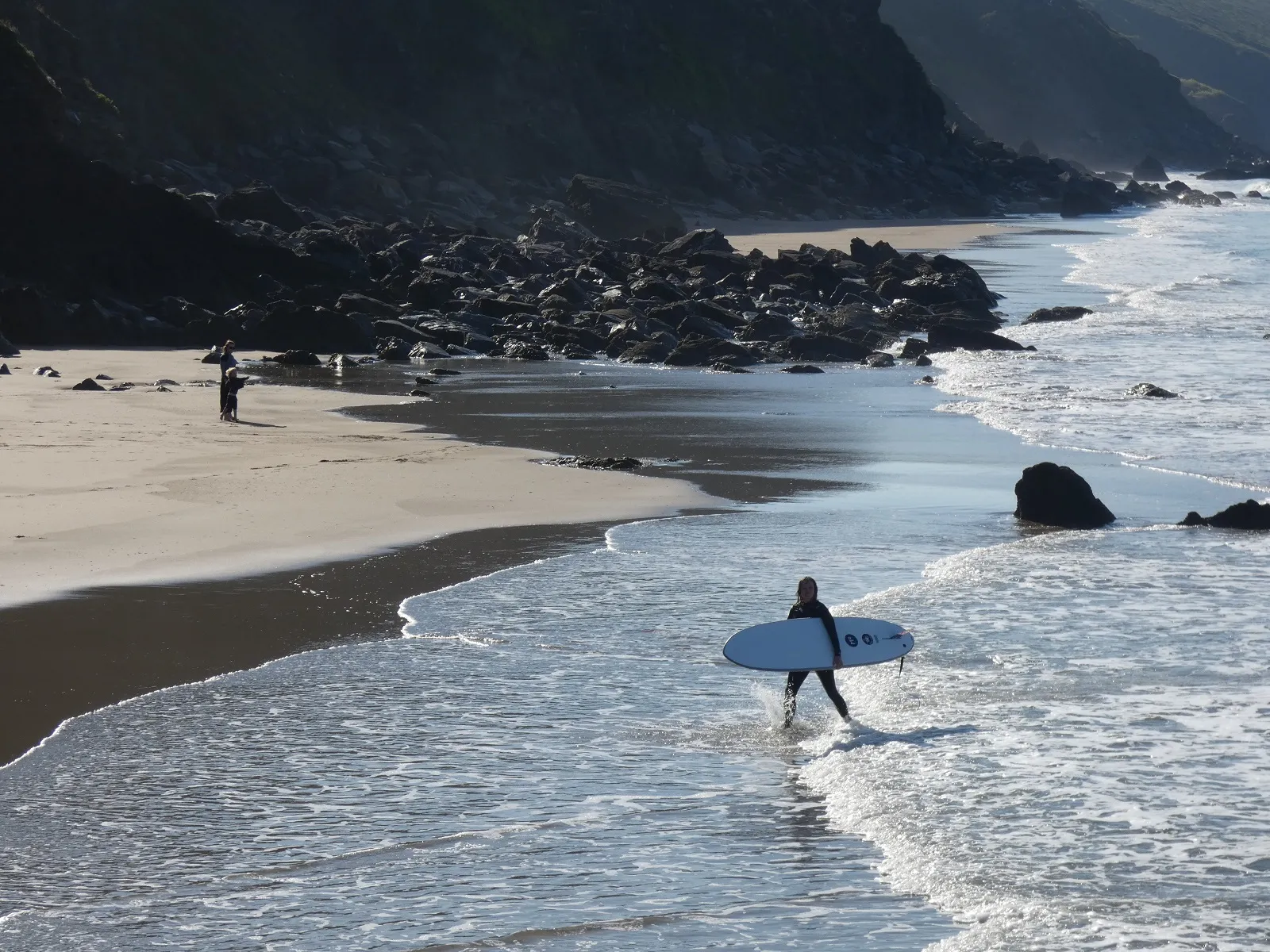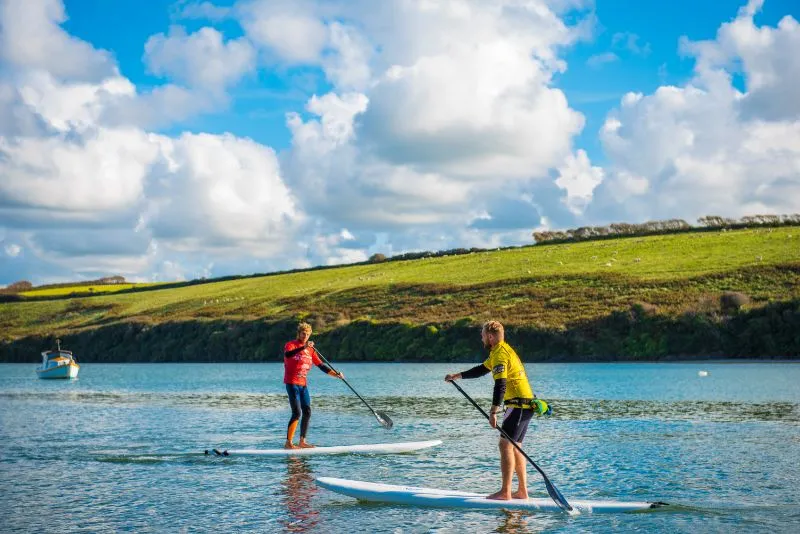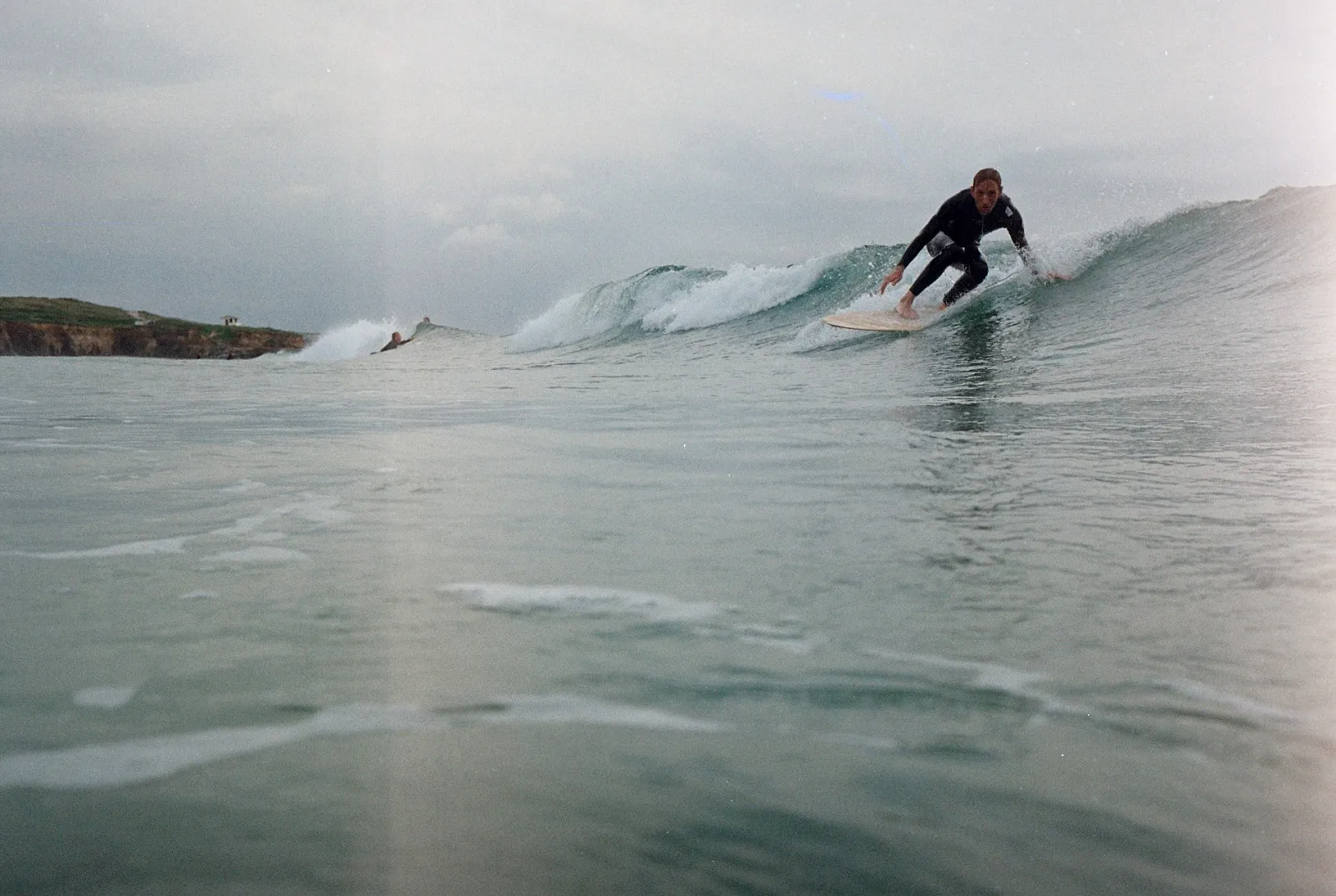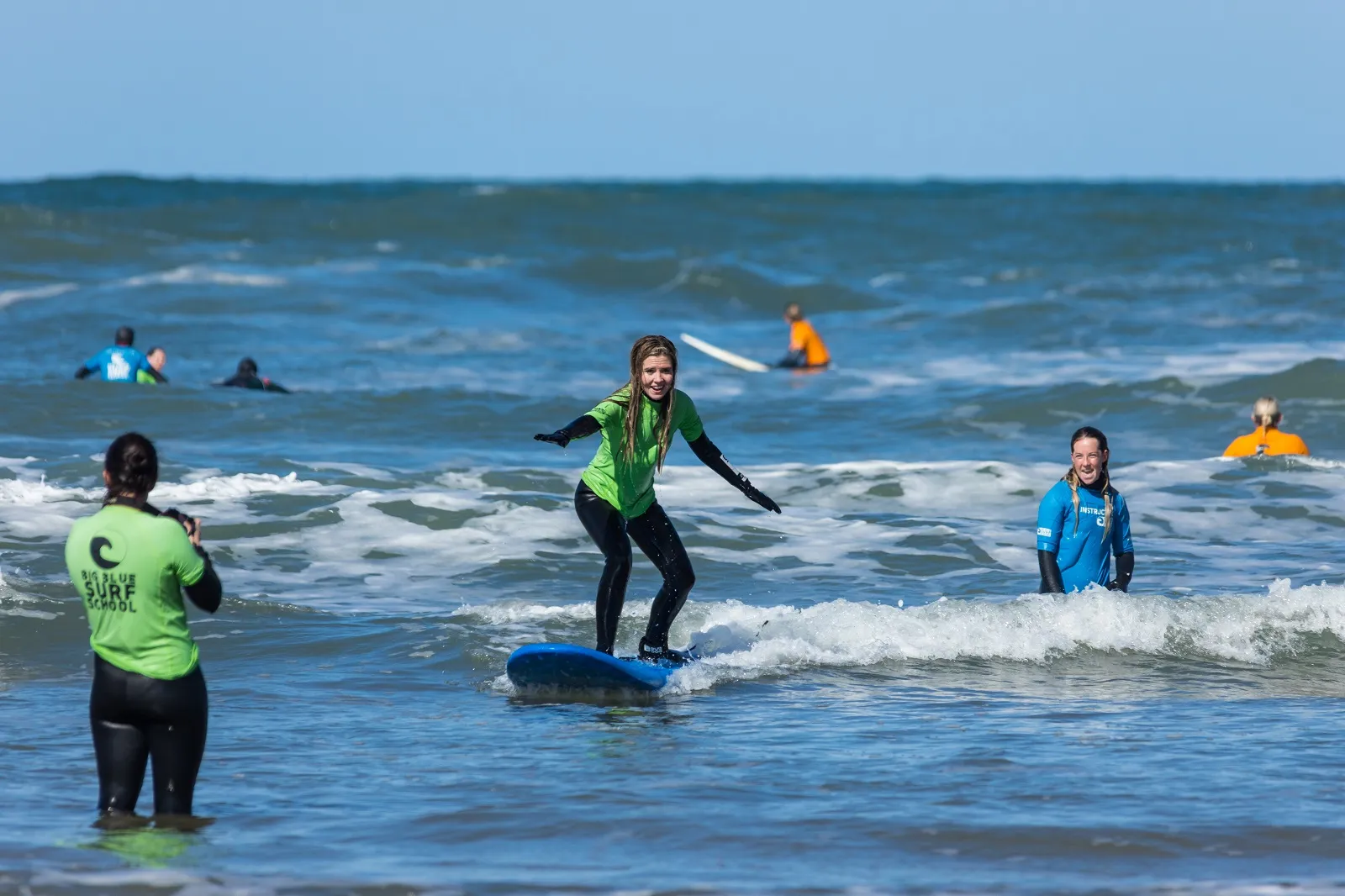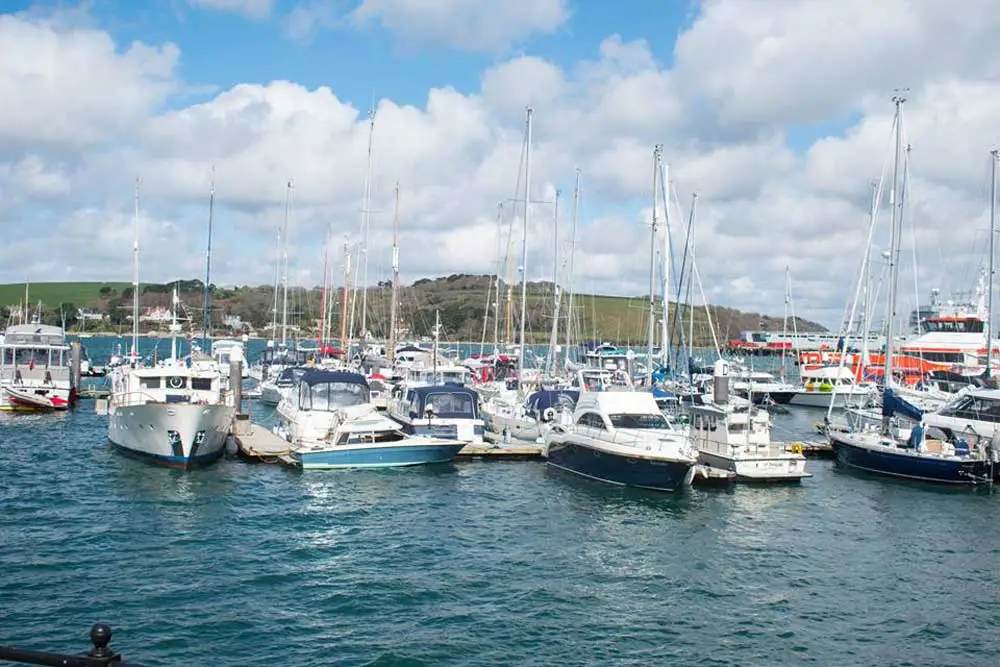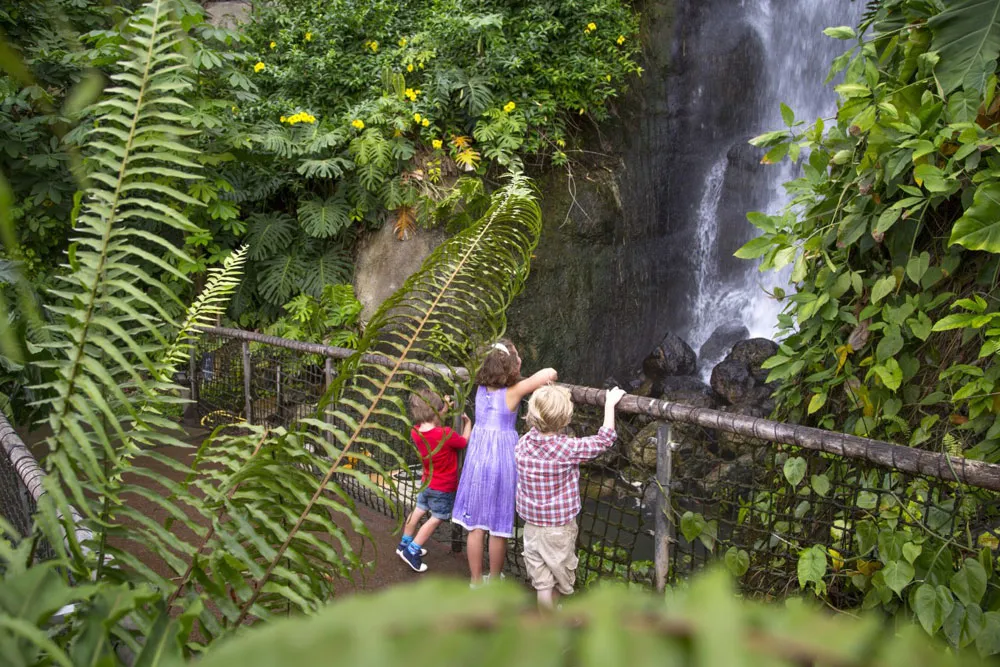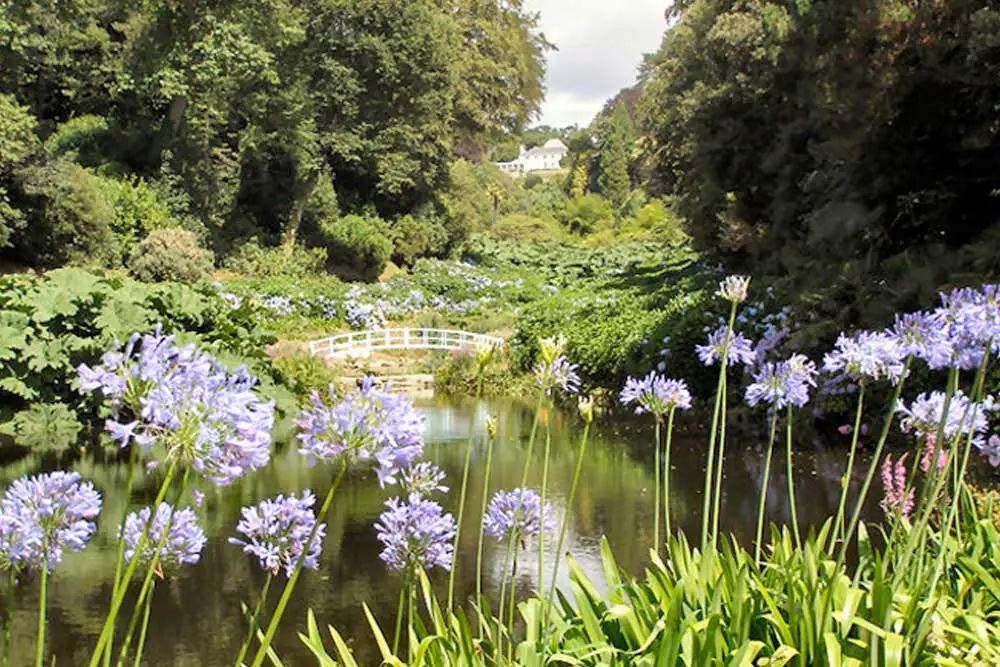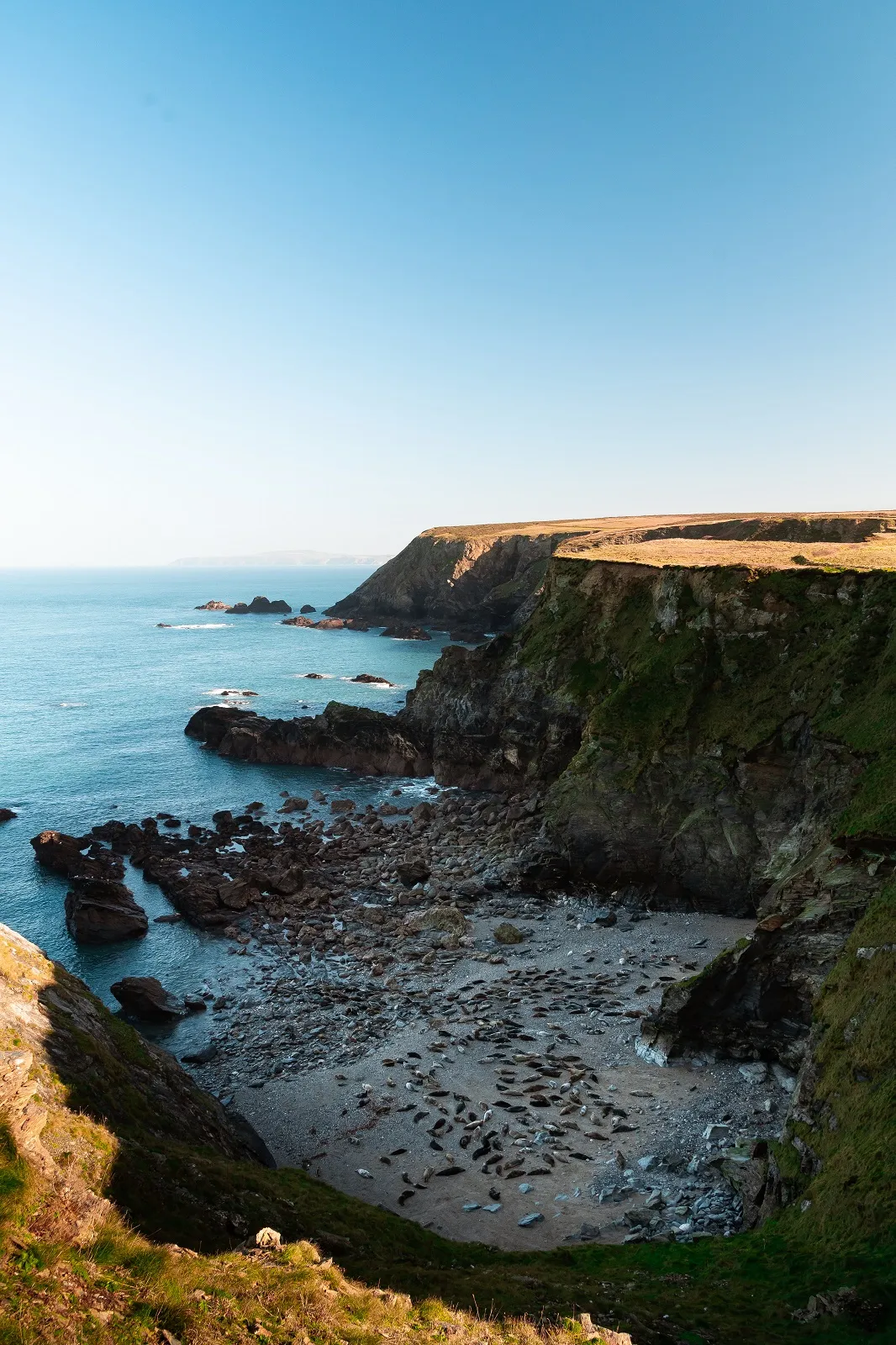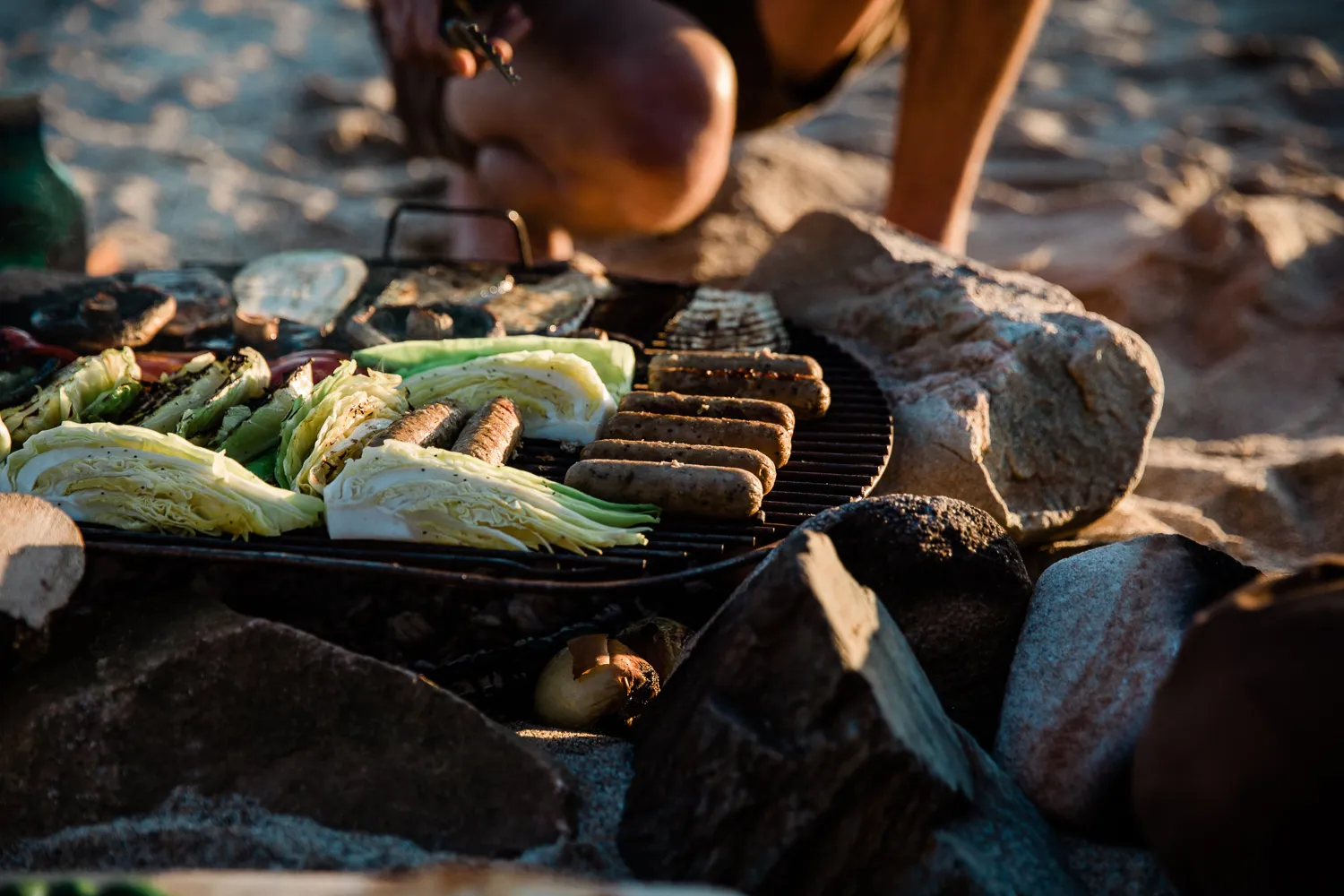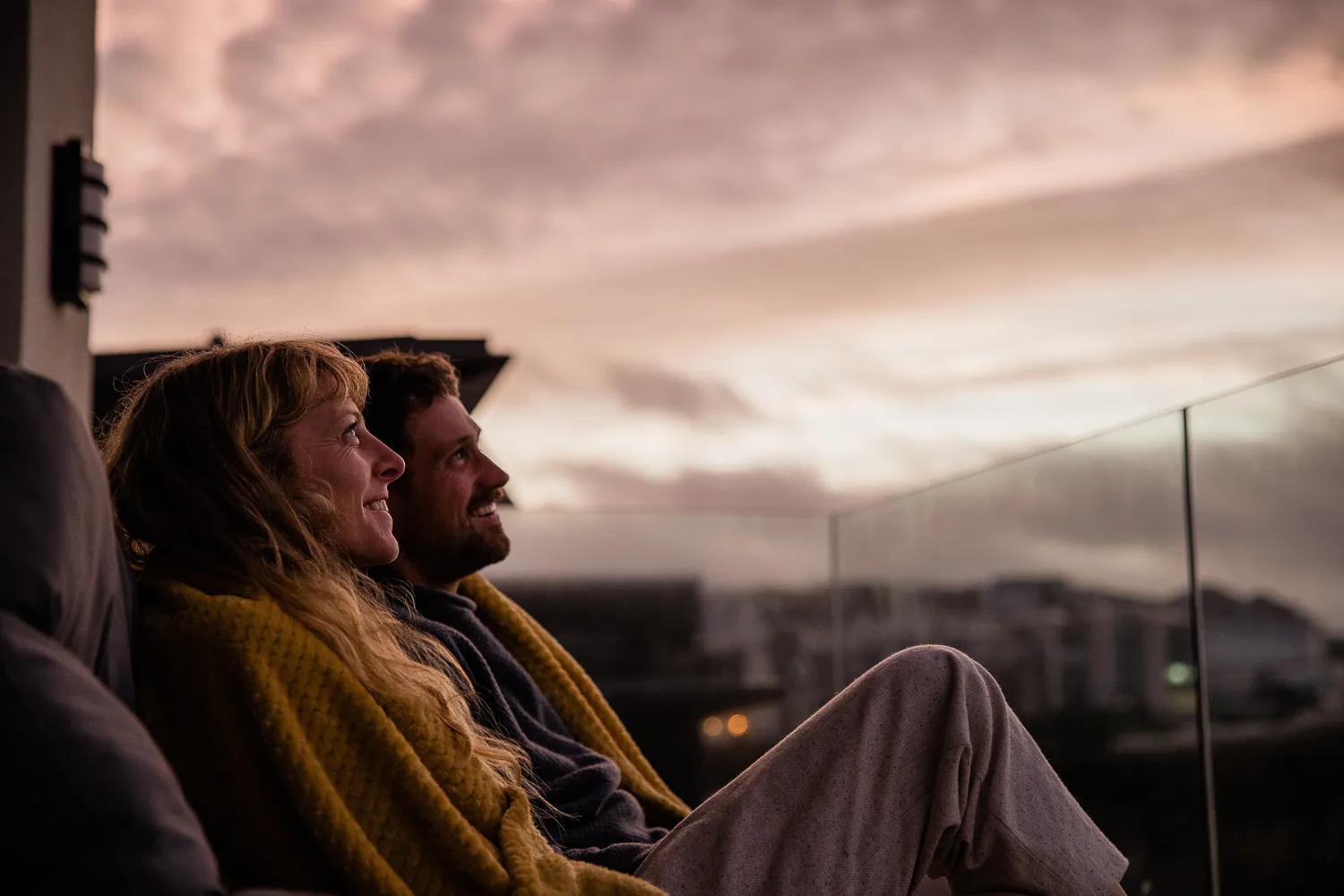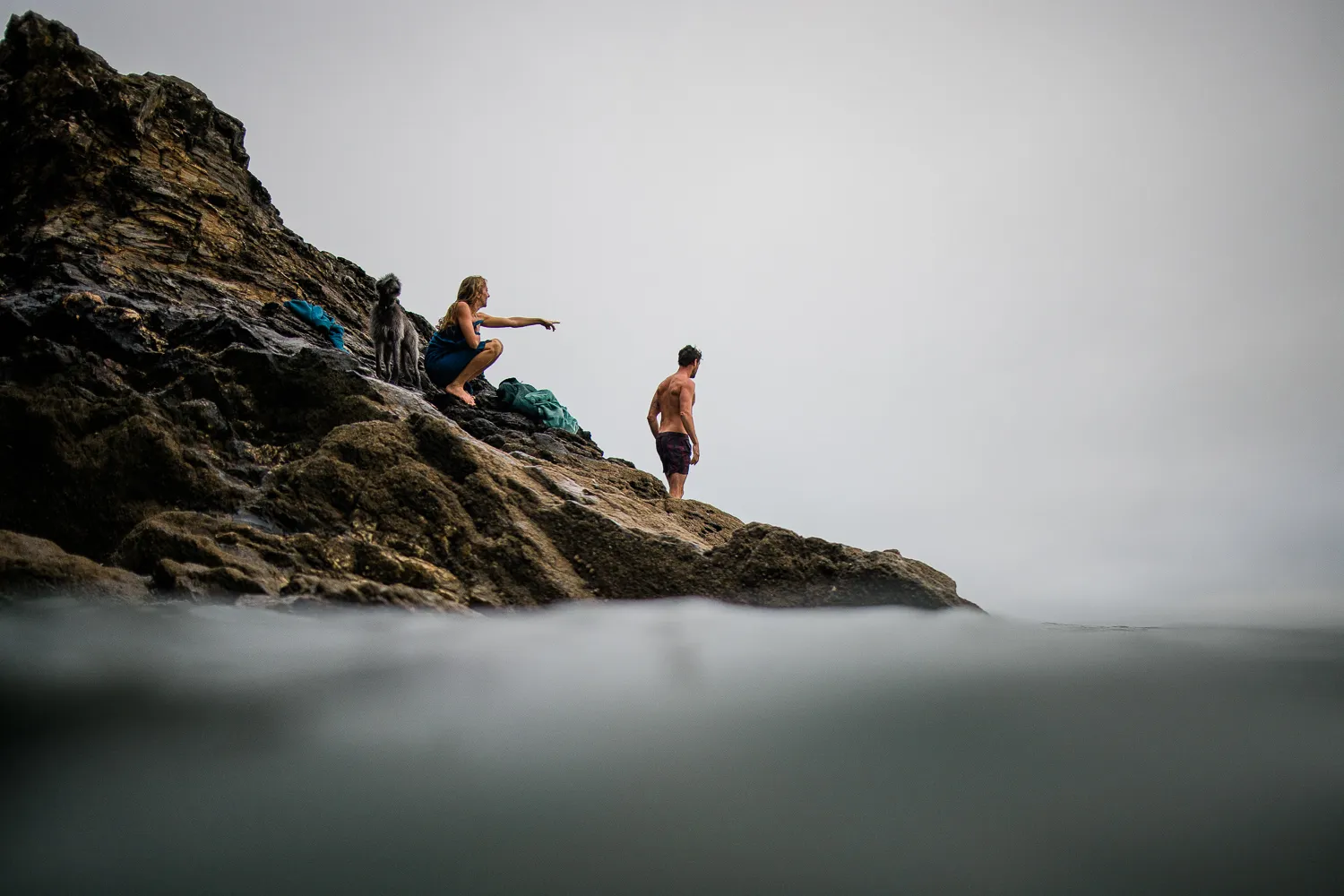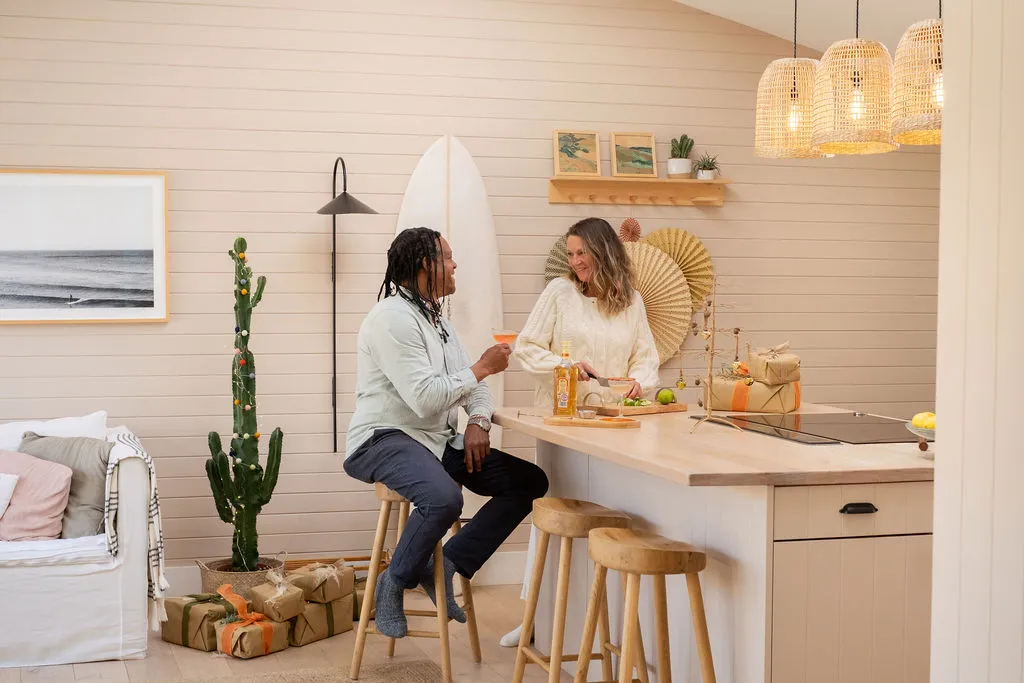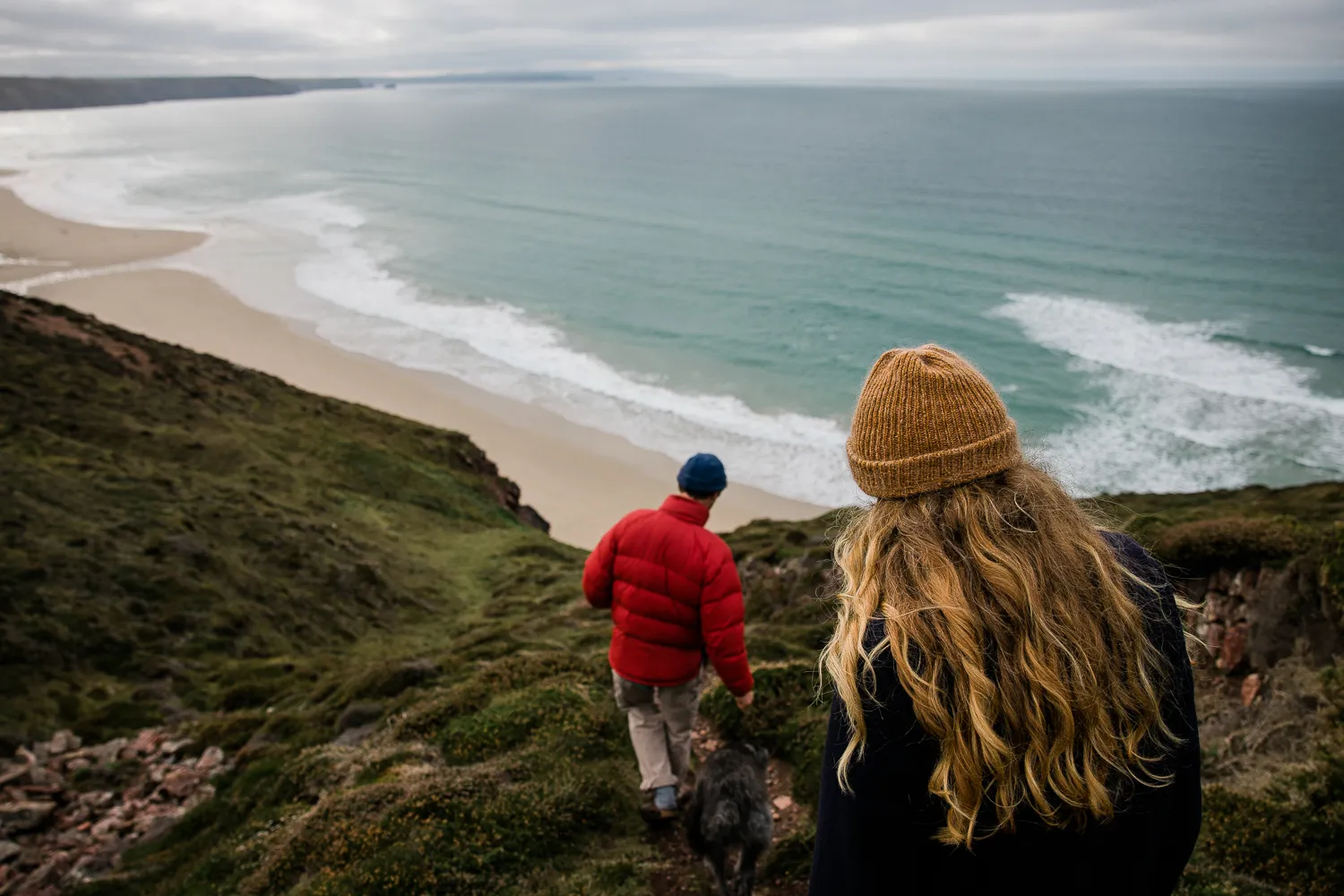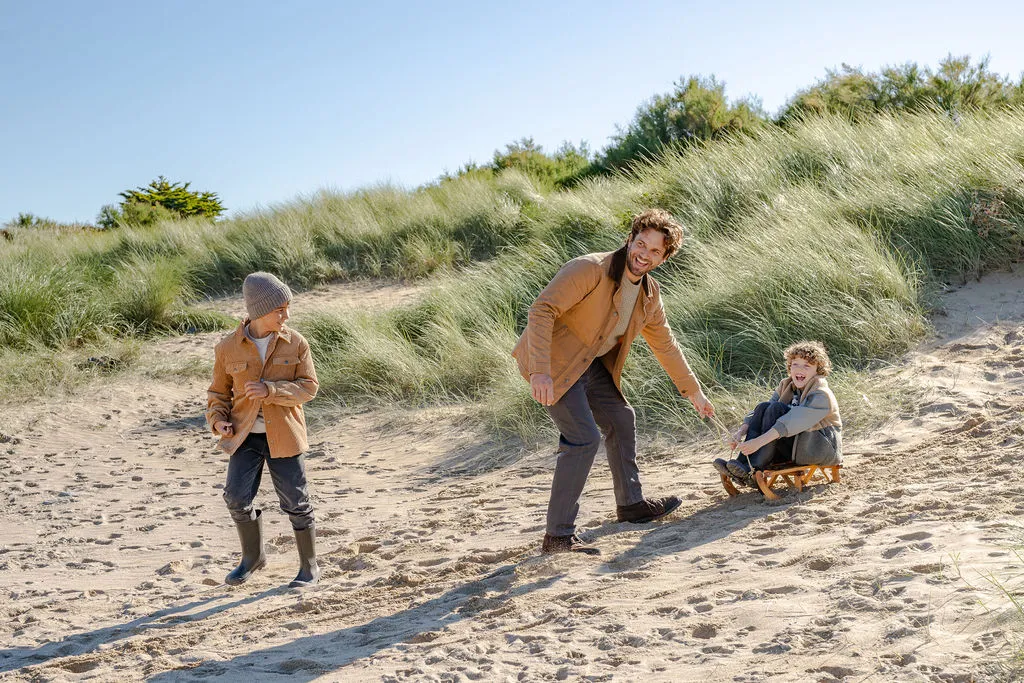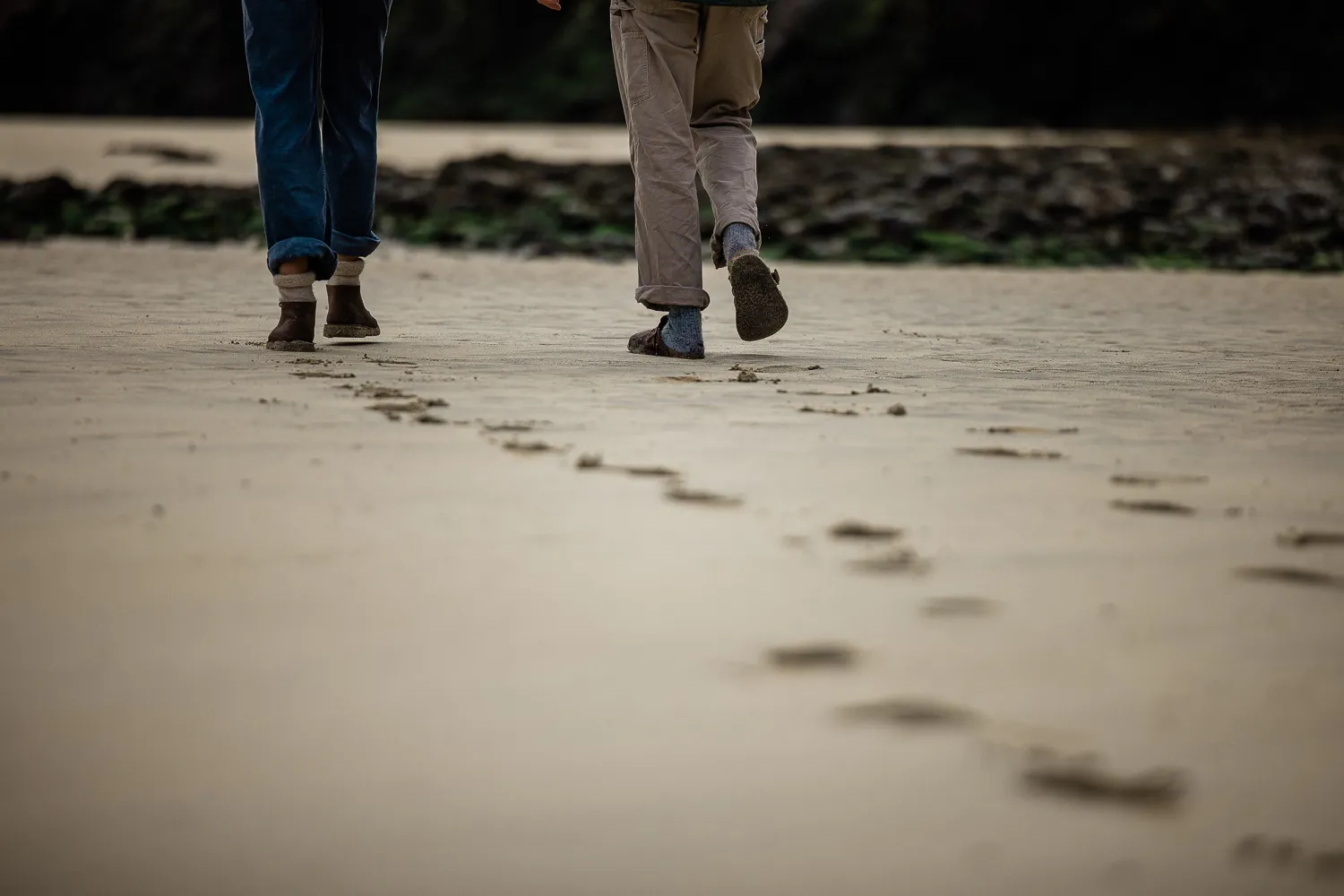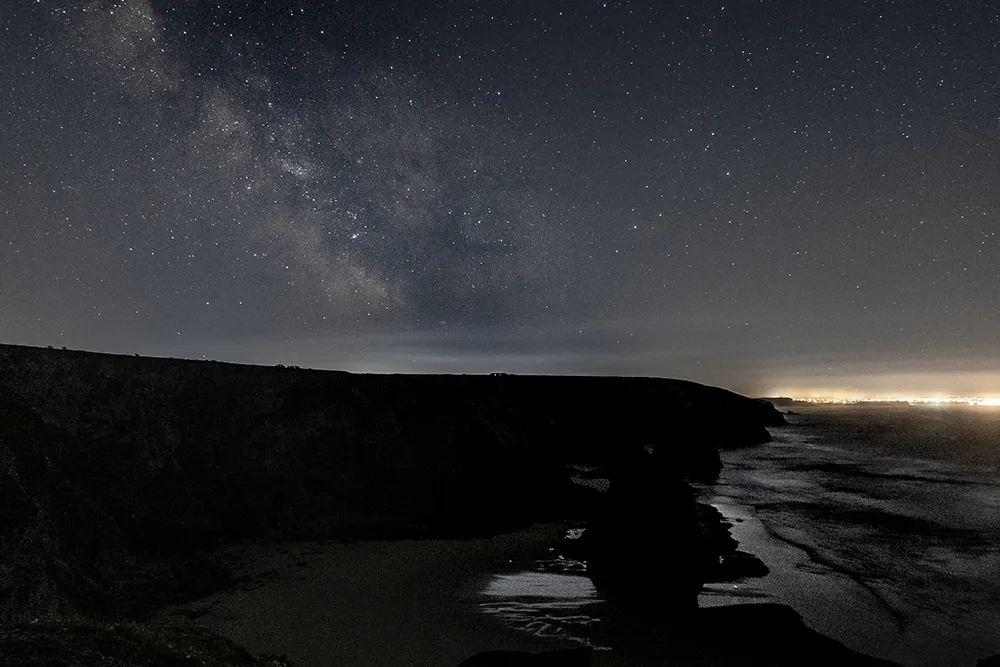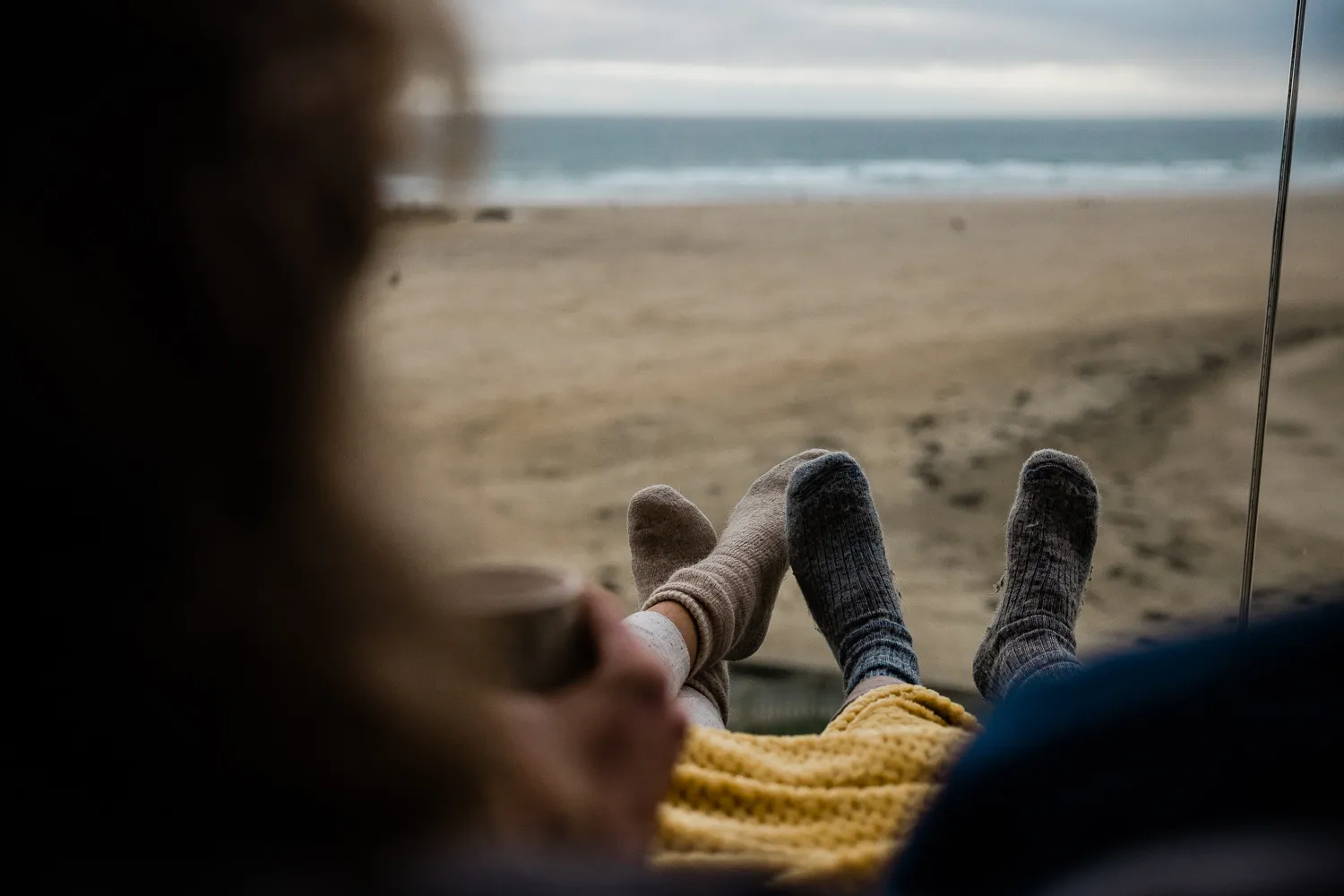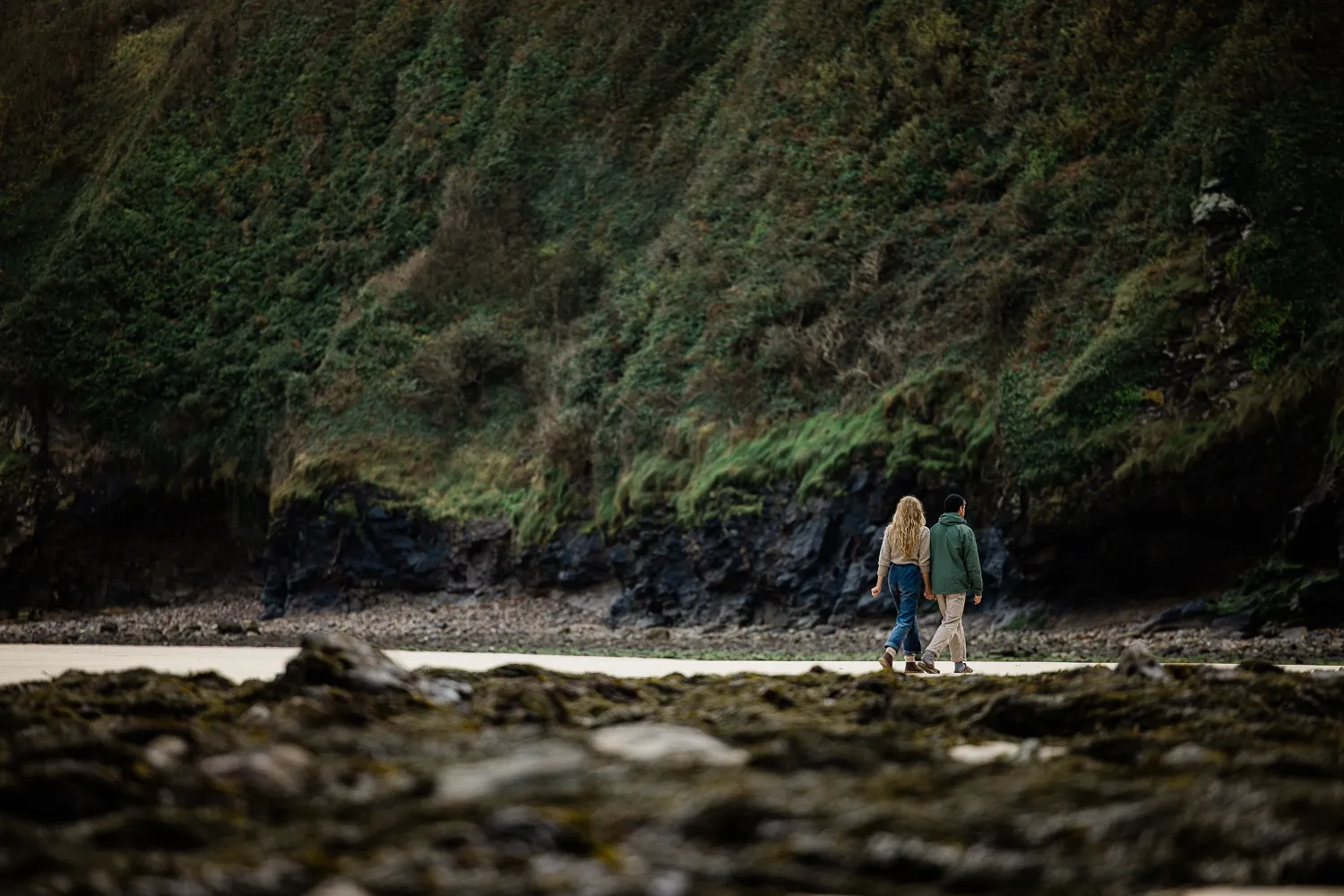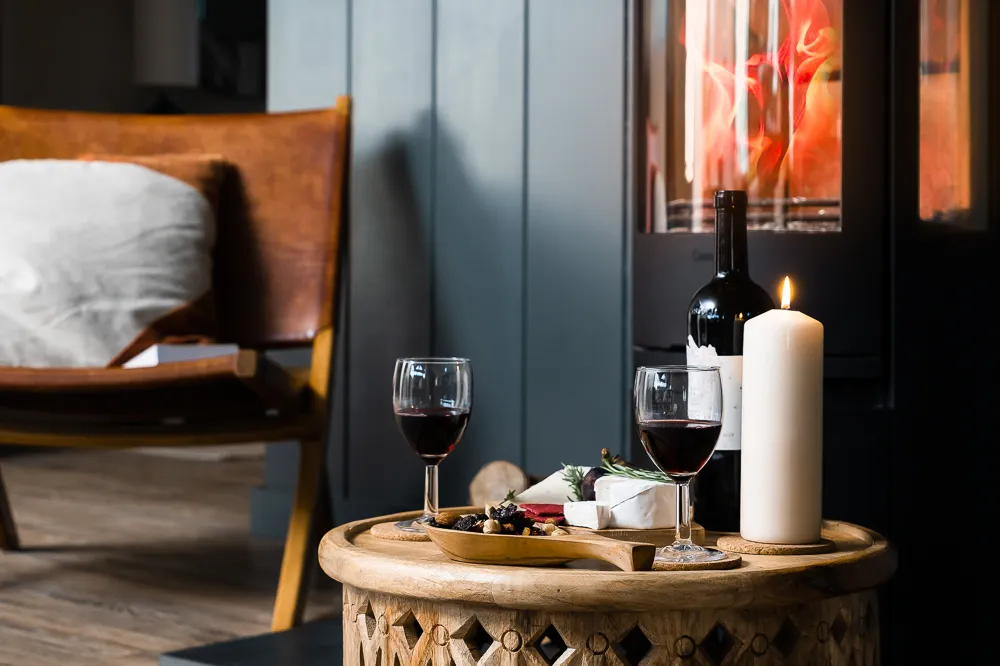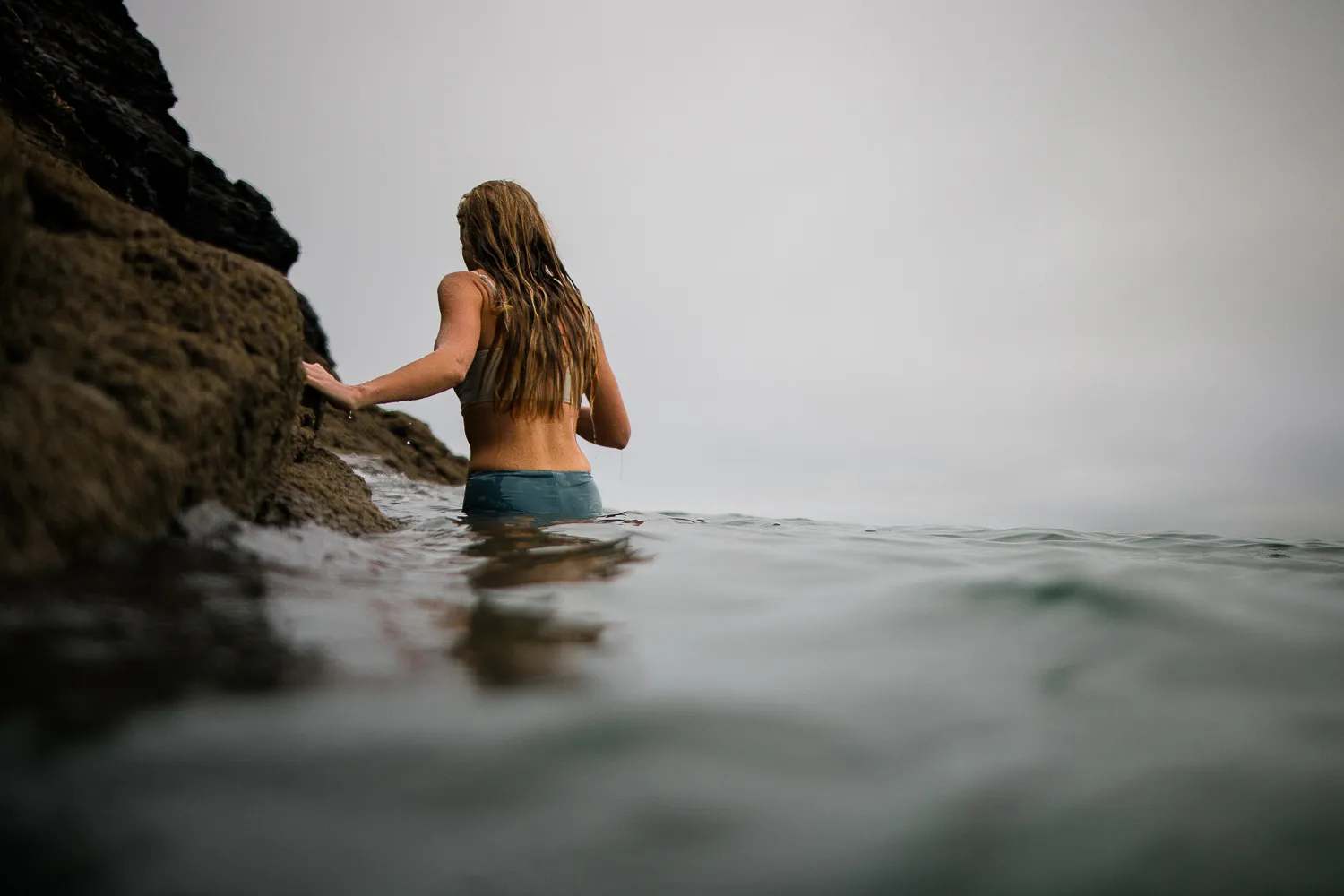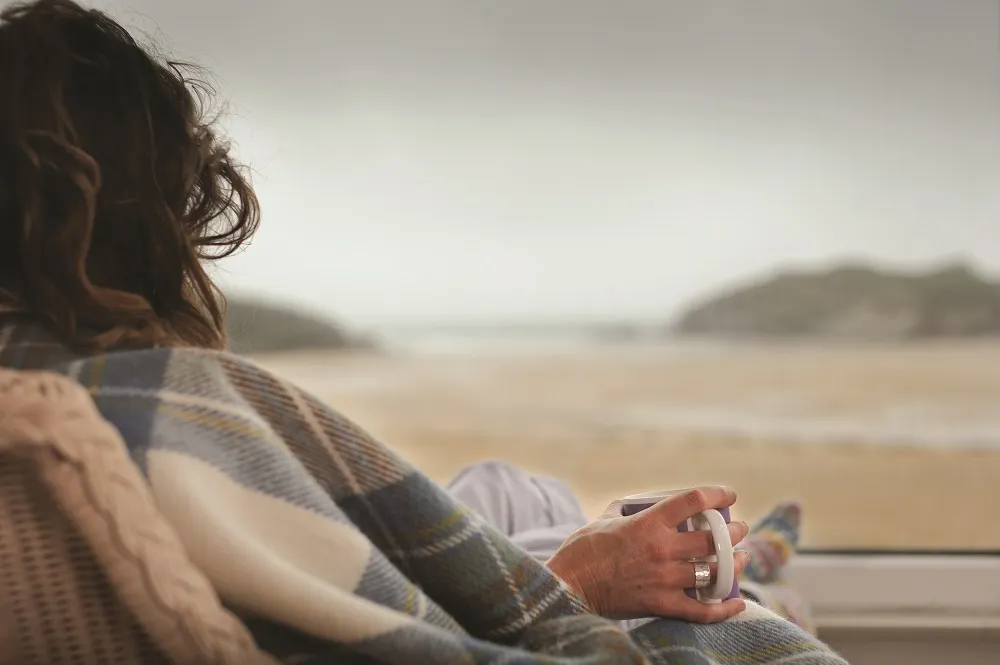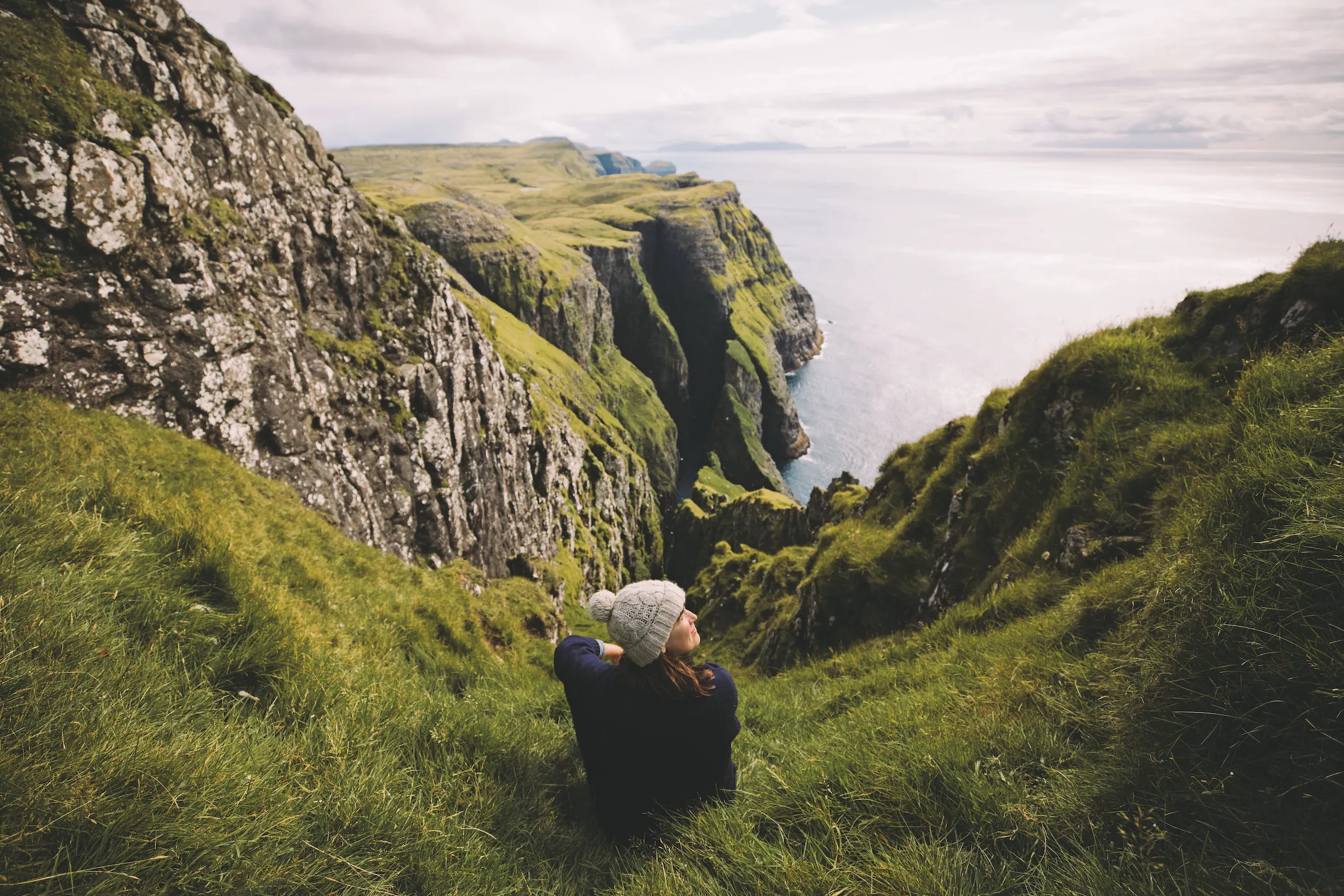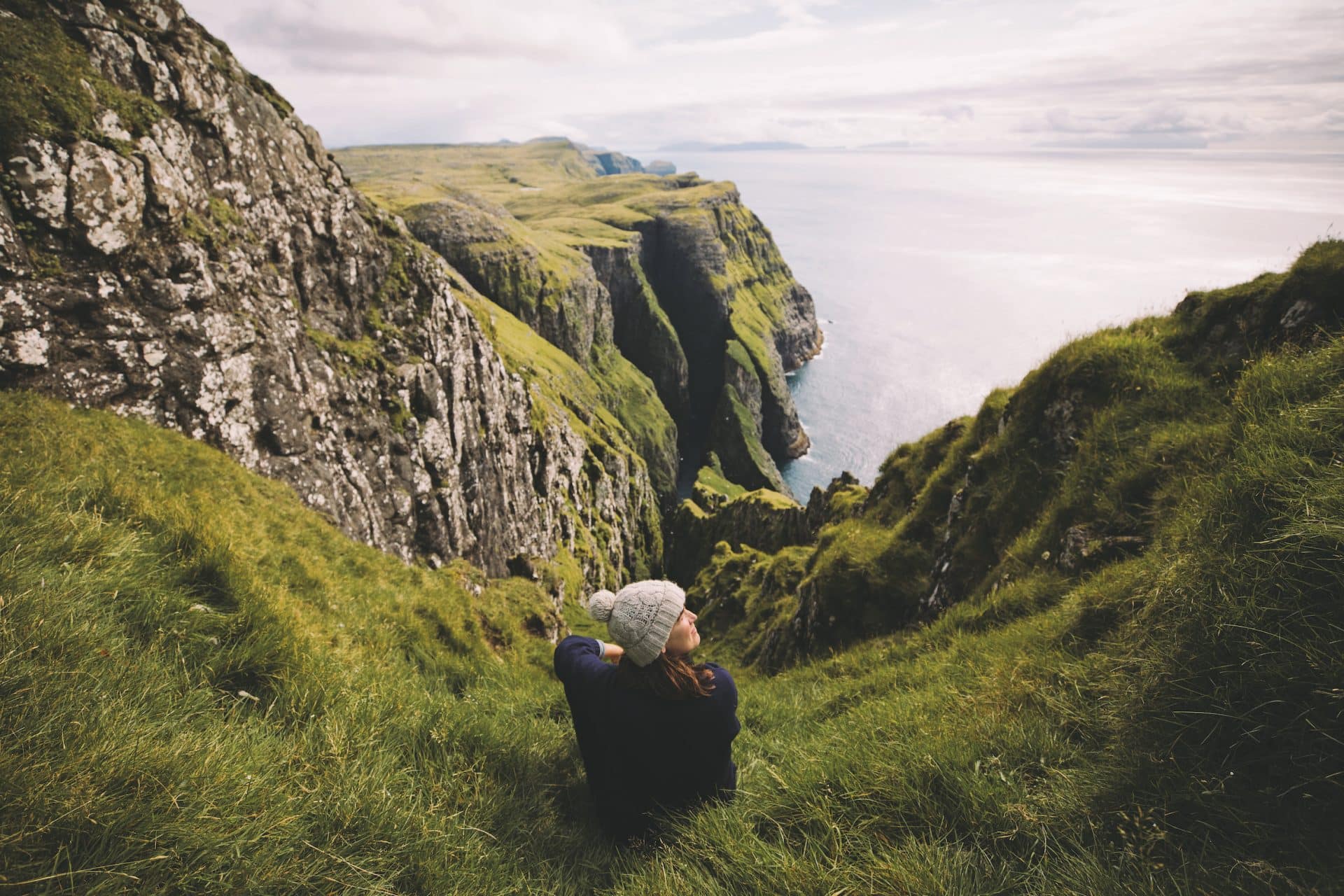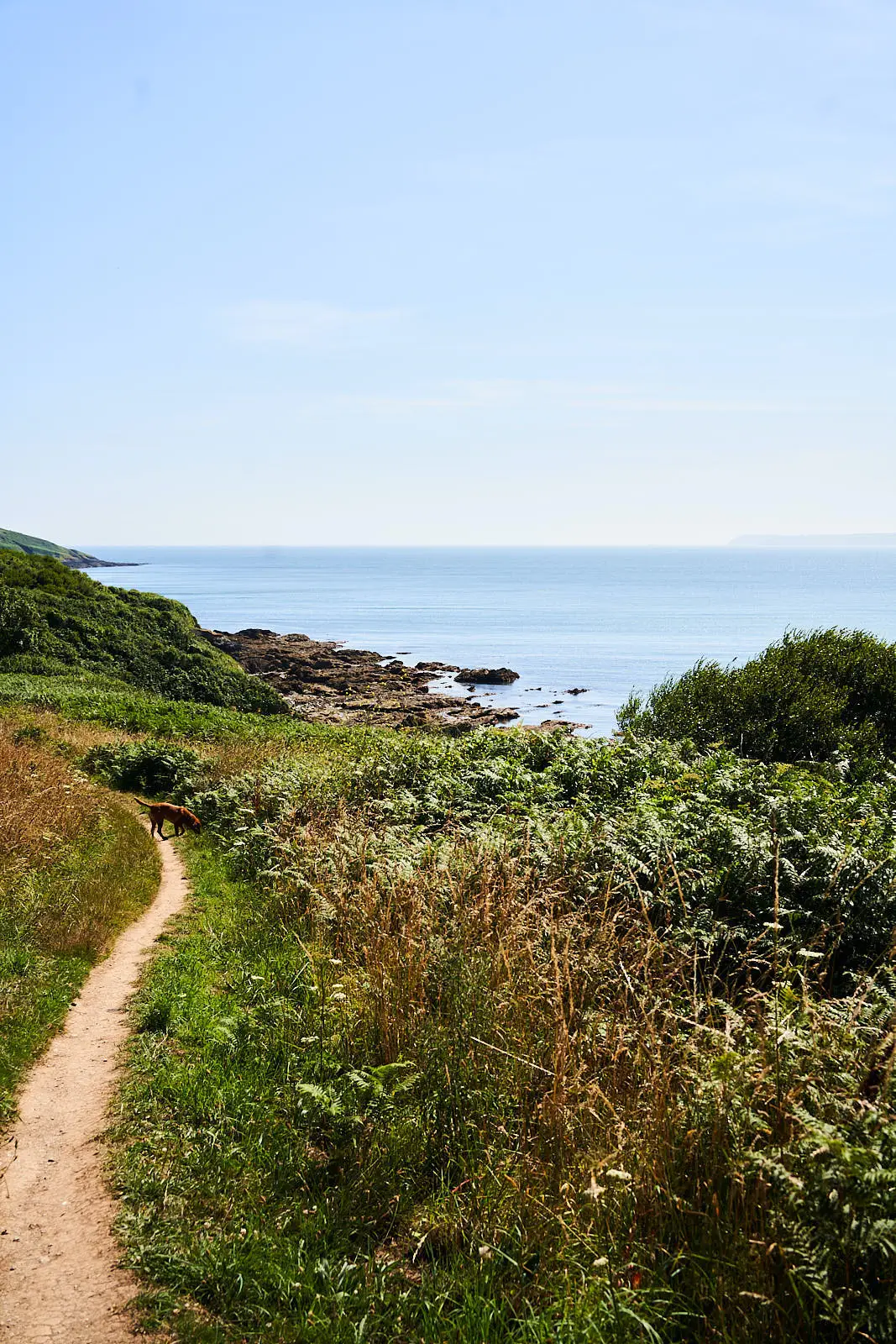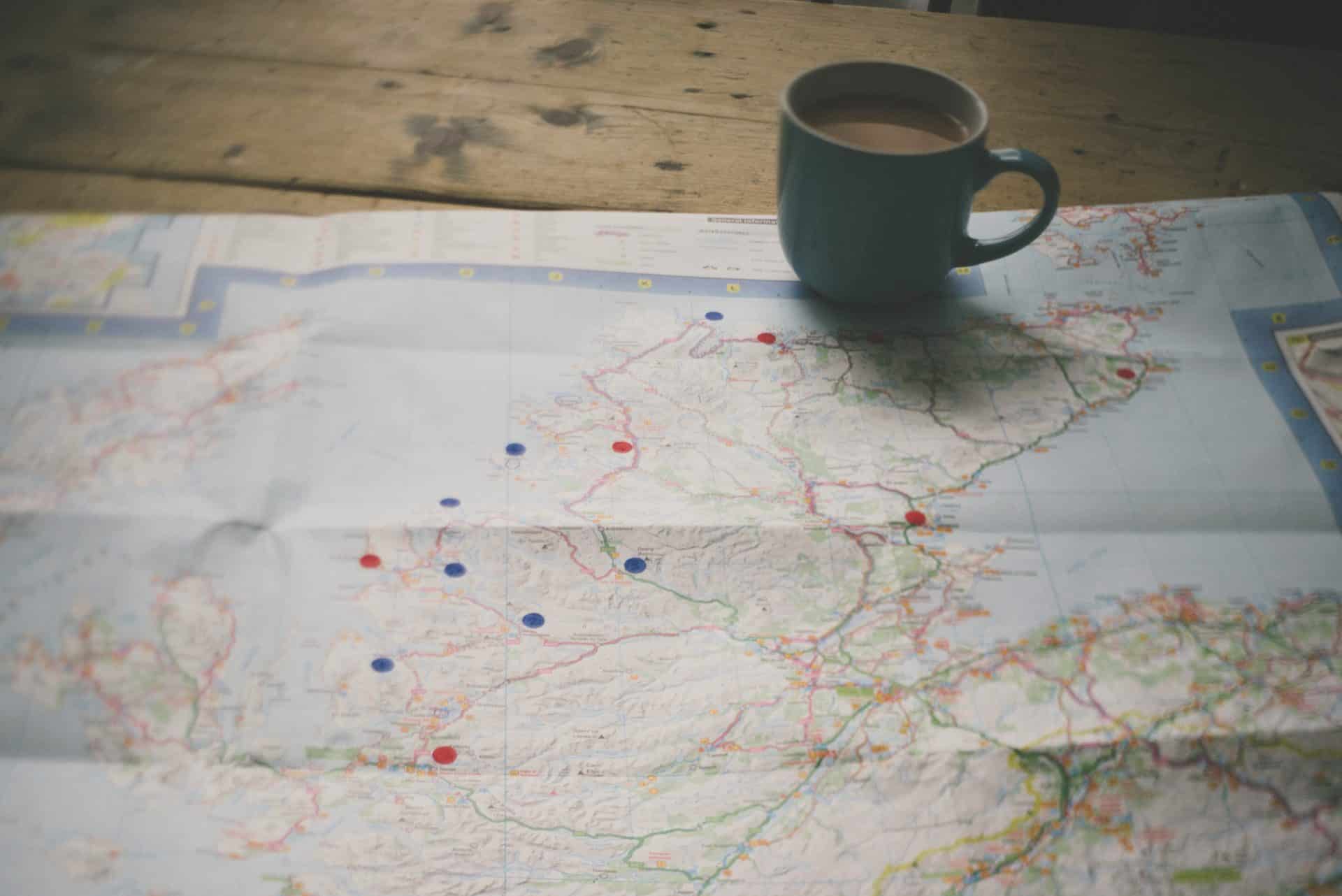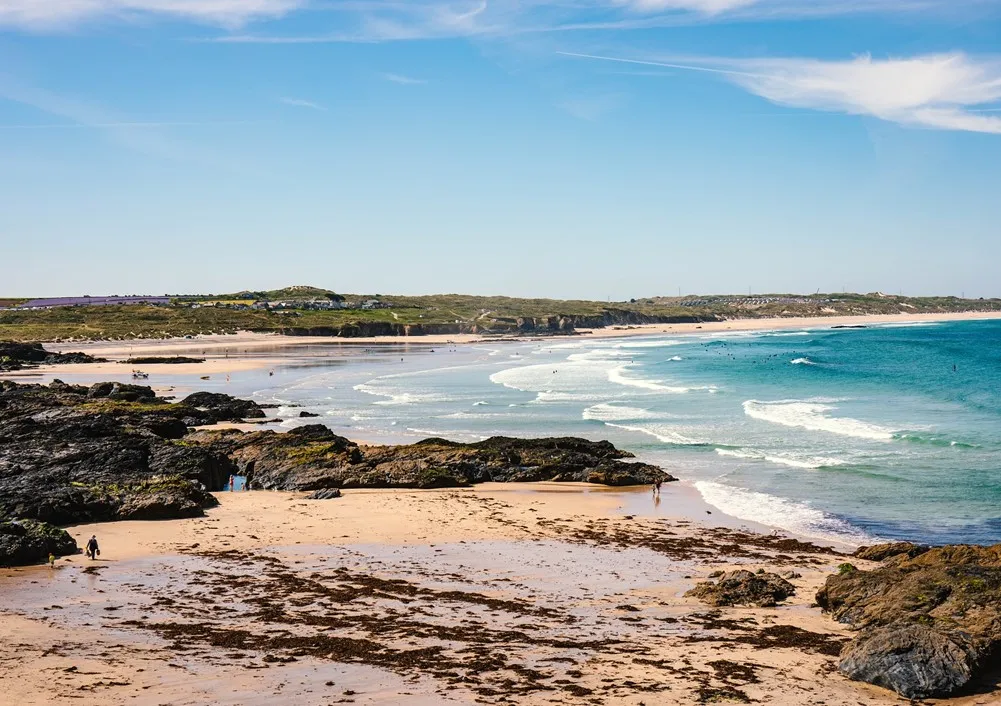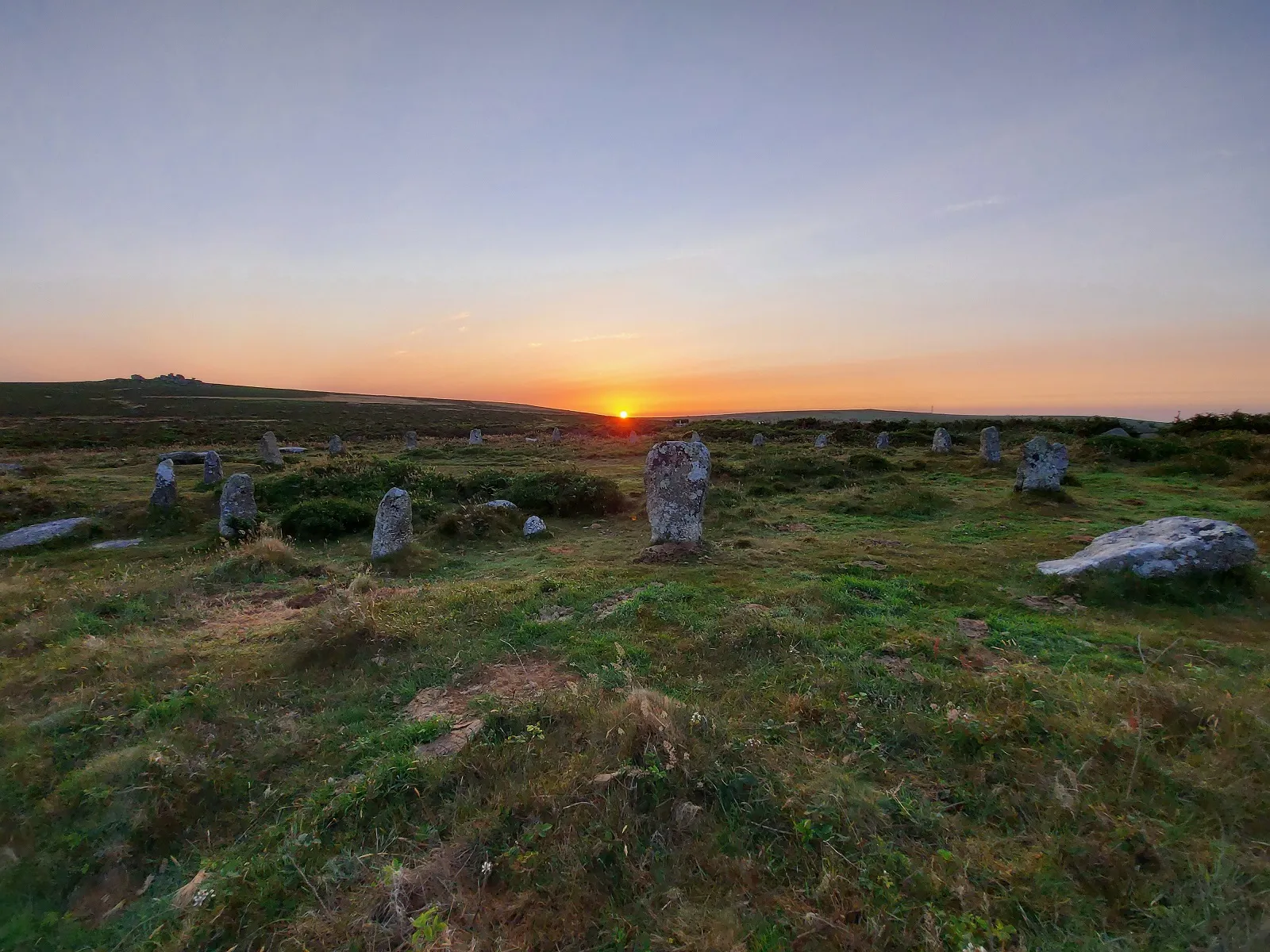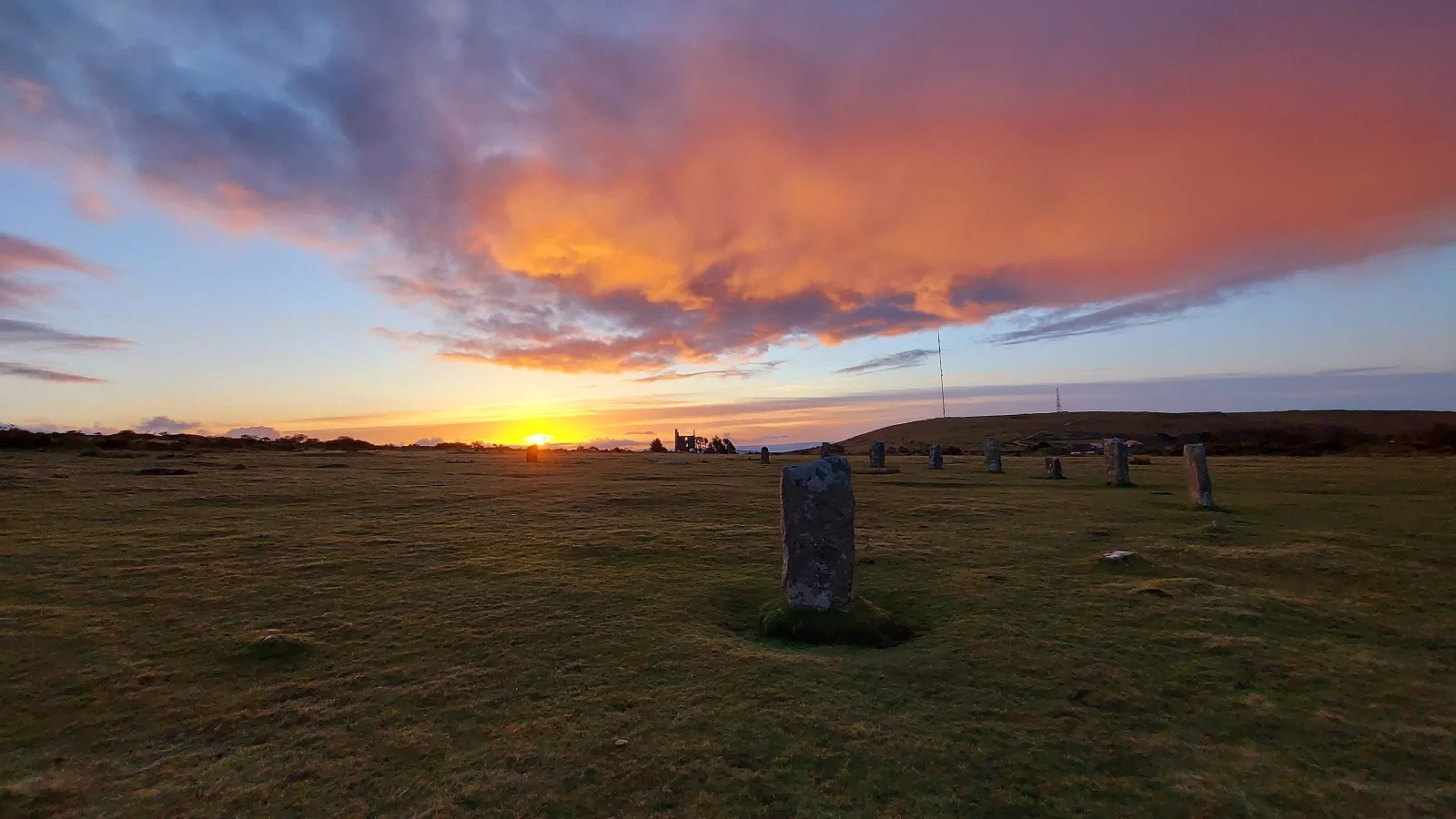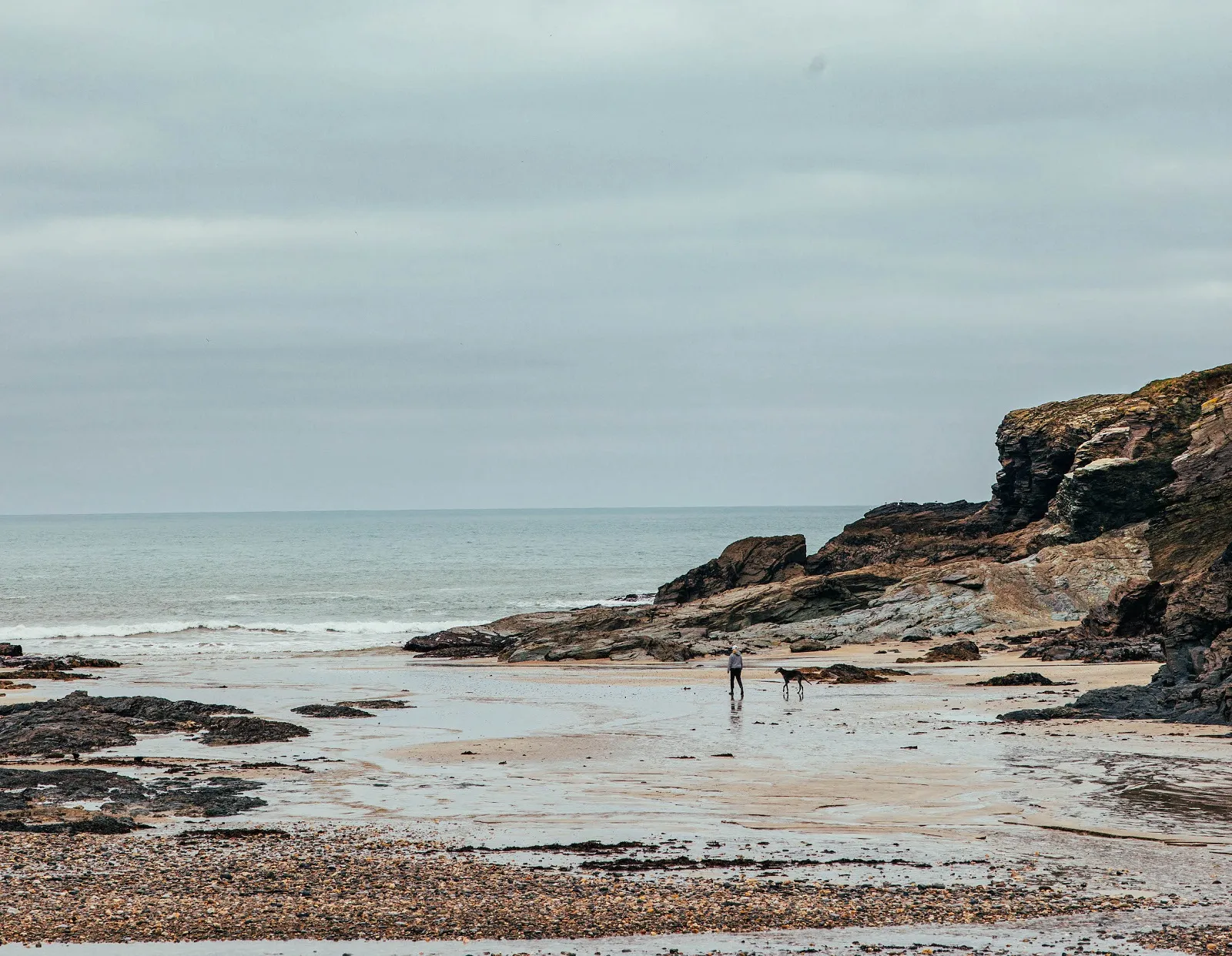
Create new family traditions and truly memorable festive moments. Coastal celebration brings the awe-inspiring and restorative power of the sea to your Christmas and NYE…
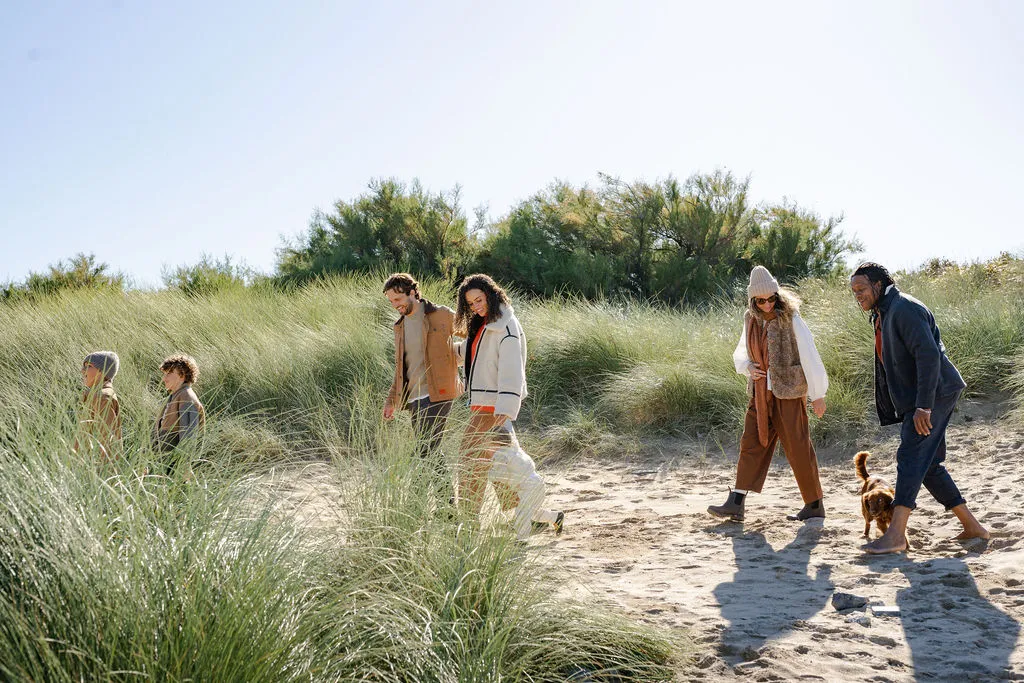
Find out why New Year is the best time to visit Cornwall and some of our holiday retreats to stay in for the New Year.
Winter might mean wet weather, temperatures that bite and short, dark days, but that doesn’t mean you need to steer clear of the seaside.
In fact, a coastal festive break might be just what’s needed to break out of the yearly cycle of heaving crowds in shopping centres, the last-minute panic buying, the relentless sounds of devices come to Boxing Day and wondering how to make December 31st special.
“An afternoon on a beach you have all to yourselves, before climbing into an outdoor hot tub back at your retreat as the sun sets.”

Image credit: Mia Rumble
Create your klys
The Cornish word for cosy or snug, klys can loosely be equated with the Danish concept of hygge – a way of life that embraces cosiness, warmth and good times with friends and family, with the help of scented candles, cashmere socks, twinkling fairy lights and anything else that says cosy to you.
“Think rugged coastal walks, cliff views and the ocean stretching out before you, ending in a warm and welcoming 12th century pub with delicious local food and drink.”
Where klys differs, is the role the beautiful Cornish wilderness has to play. Immerse yourself in the raw elements of our winters outside, before heading indoors to warm your soul in front of a log fire and a hot cup of cocoa.
Think rugged coastal walks, cliff views and the ocean stretching out before you, ending in a warm and welcoming 12th century pub with delicious local food and drink.
Or an afternoon on a beach you have all to yourselves, before climbing into an outdoor hot tub back at your retreat as the sun sets.
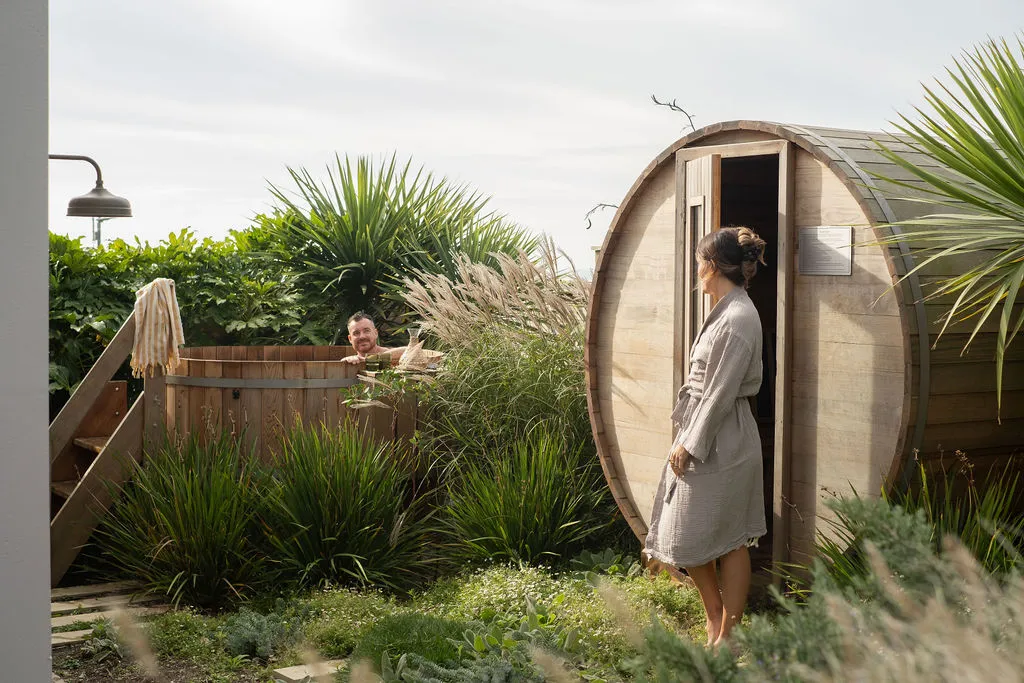
Celebratory splash
It might seem ridiculous – or completely insane – to plunge into freezing water when the mercury is dropping rapidly outside, but the effects of cold water are well known. Chief among them, that natural high thanks to the heady rush of chemicals, endorphins and hormones circulating around your body, lifting your mood, making you feel alive. Really alive.
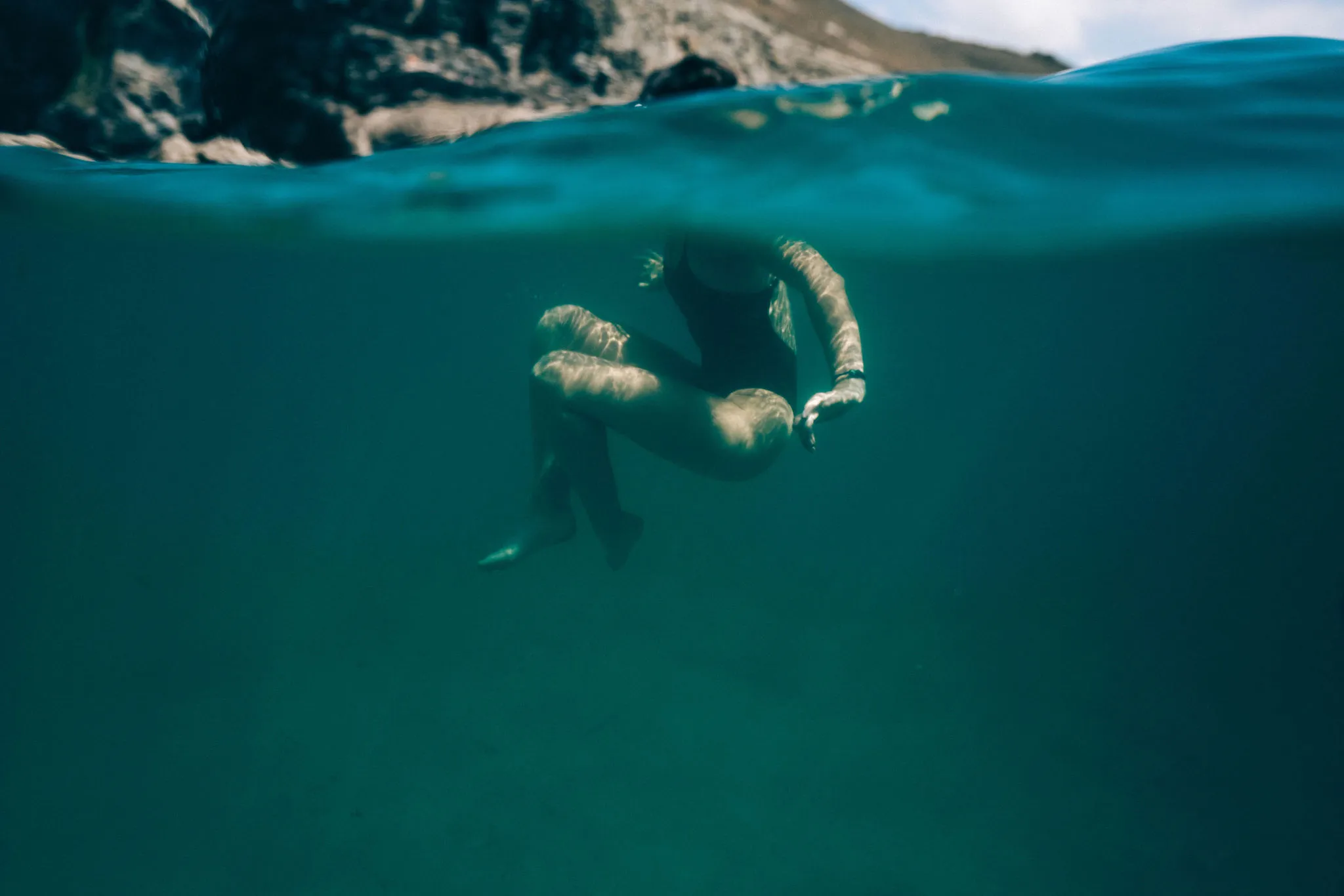
That cold rush surrounded by Cornwall’s varied and beautiful coastal landscapes is an unrivalled feeling.
Local favourite locations include Christmas day gatherings in Sennen Cove, Porthtowan beach and Coverack harbour on The Lizard, where you’ll be joined by other brave souls.
Don’t stay in too long, be aware of how you’re feeling and prepared – with warm clothes at the ready for when you get out. For cold water novices, check out the Outdoor Swimming Society and RNLI guidance.
Auld Lang Syne to a new scene
From assembling, hand-in-hand on a deserted beach at midnight to usher in the new year to gathering round a fire with the sound of the sea in the distance, the ocean is an epic backdrop for special celebrations.
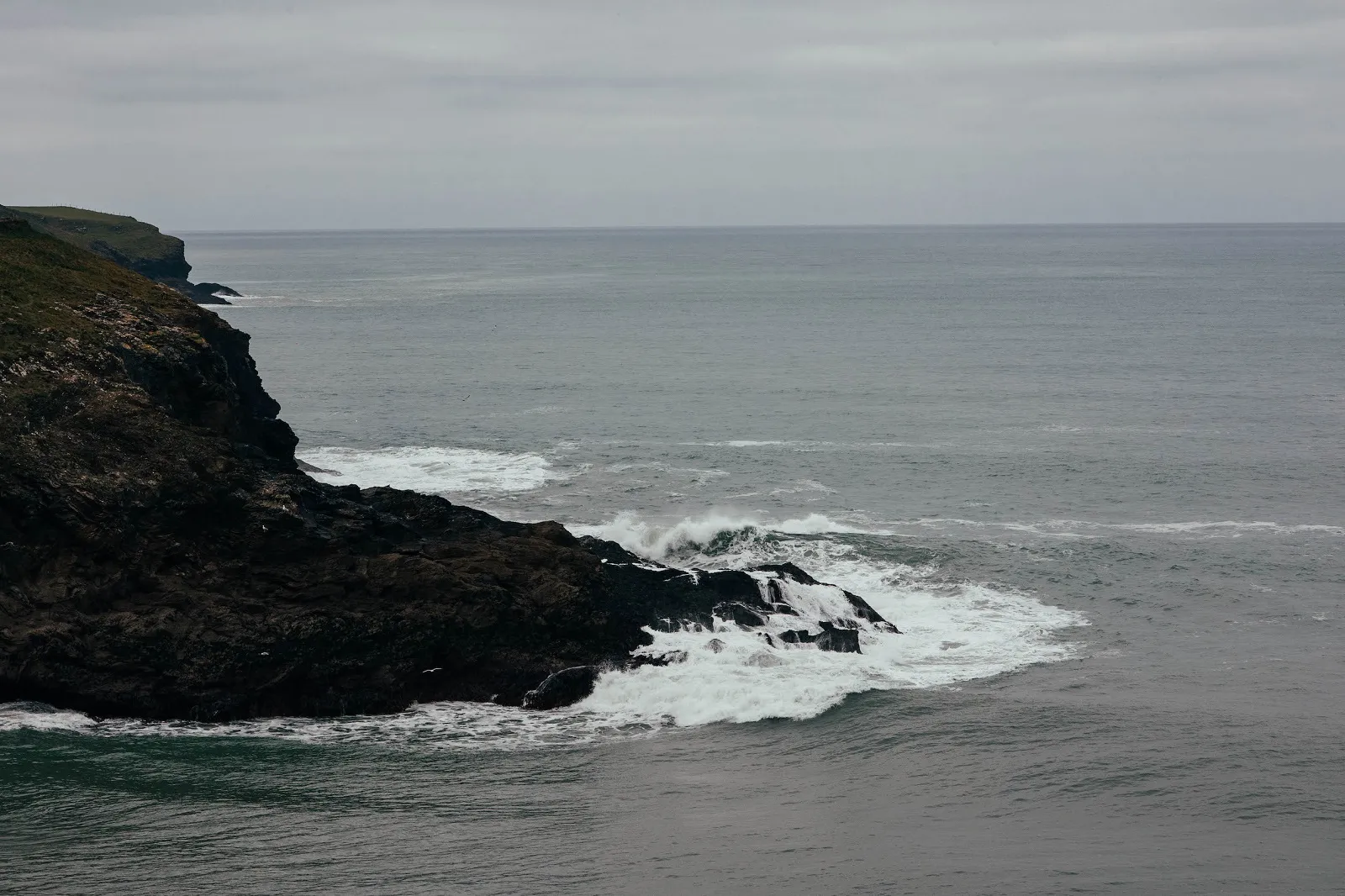
Image credit: Mia Rumble
It’s a time of high drama at sea, with waves crashing into harbour walls and barracking monumental cliffs. Sealife of the most epic proportions can also be spotted in winter months, so keep those eyes peeled for fin or humpback whales cresting the surf.
“Think celebratory evenings filled with talk, laughter, insight and meaningful connection.”
Make a visit to some of the most impressive vantage points we have, like Cape Cornwall – exposed to the full might of the Atlantic and part of the Cornish Mining World Heritage Site.
Or share warming refreshment and celebrations at your retreat, while drinking in the expansive sea views – so you get the best of both worlds.
Deep connections
It’s Christmas Day afternoon or post New Years’ Day lunch. You’ve eaten too much, you’ve drunk too much, and now you’re slumped on the sofa in front of the TV surrounded by your family and friends. No-one’s really talking to each other. Sound familiar?

What if, you swapped the TV for a crackling fire with a sea view or candle-lit coffee table? Like staring at the sea or the stars, flickering flames are mesmerising and elemental. And in the winter months, they can be a source of warmth, literally and figuratively.
Think celebratory evenings filled with talk, laughter, insight and meaningful connection. Play cards or be more profound: explore your family’s or friends’ deeper selves: what are their private joys, fears, regrets and hopes? What do they wish they could do in a utopia and why? Celebrating by the sea could turn out to be more surprising than you expect.
Discover fresh perspectives and exciting ideas for the new year!
Gather and celebrate on the beach or find just the place to huddle up for the festive season.
